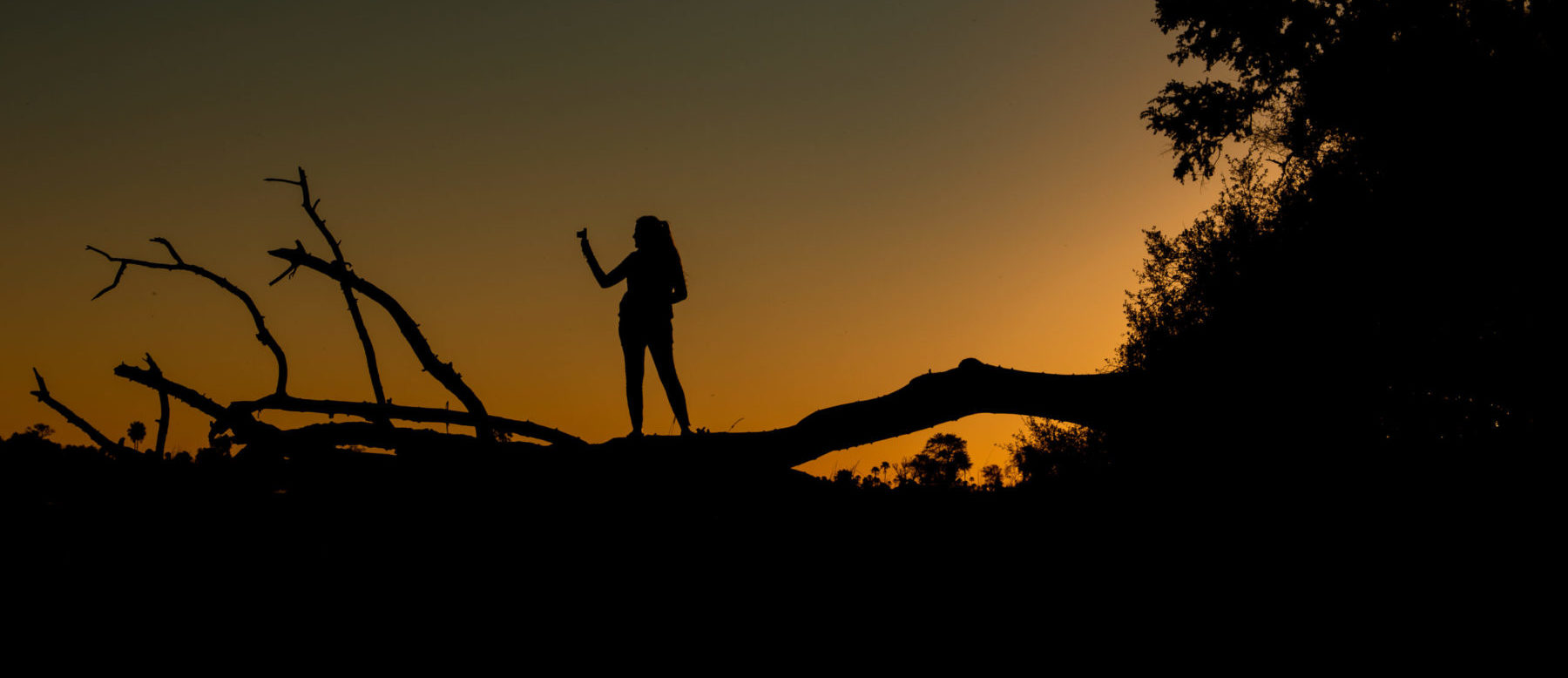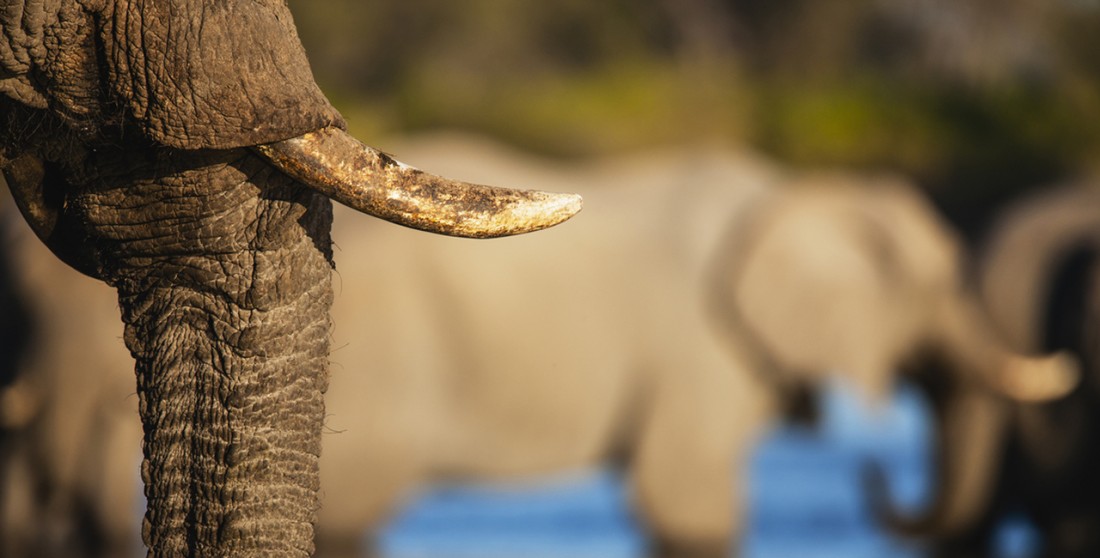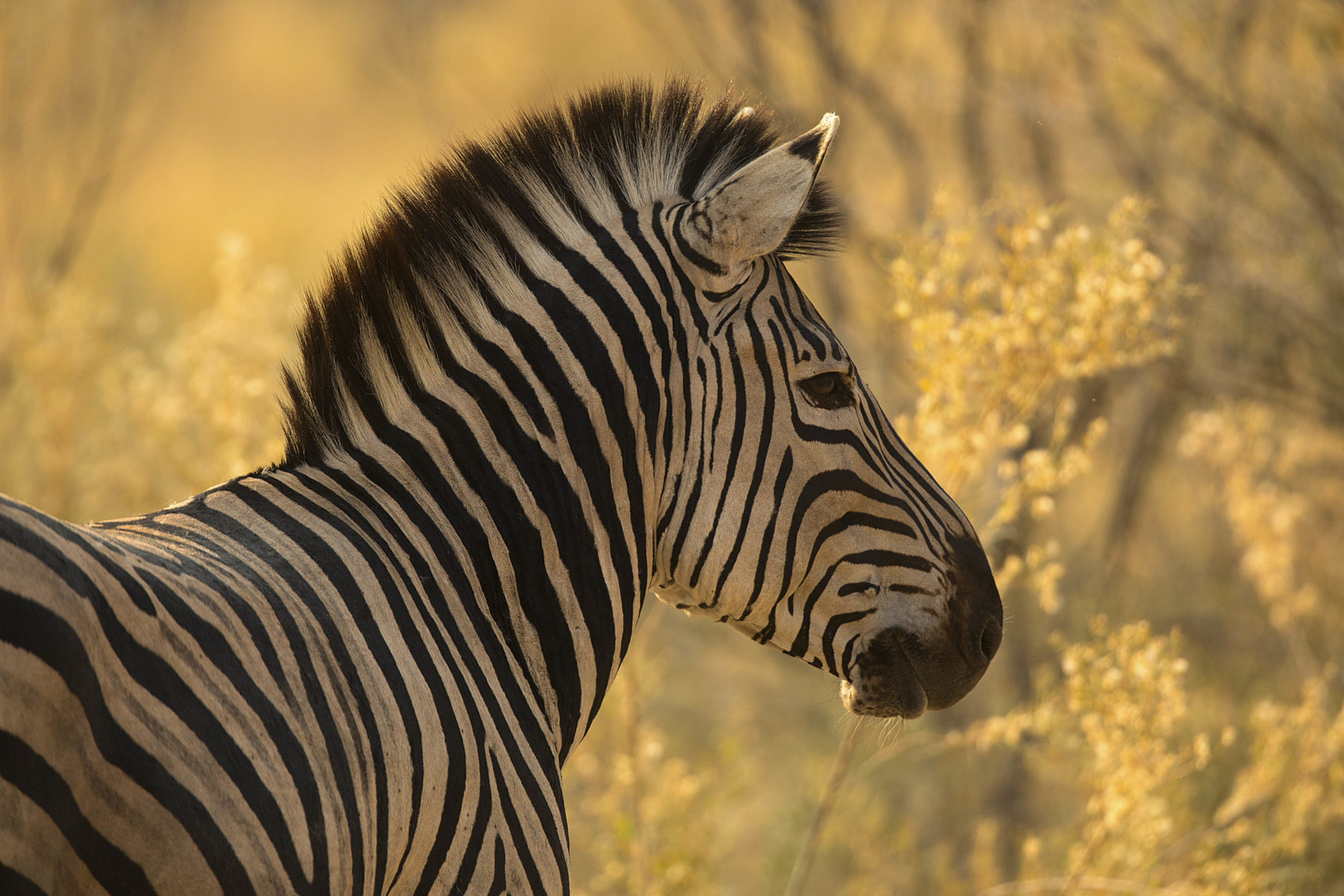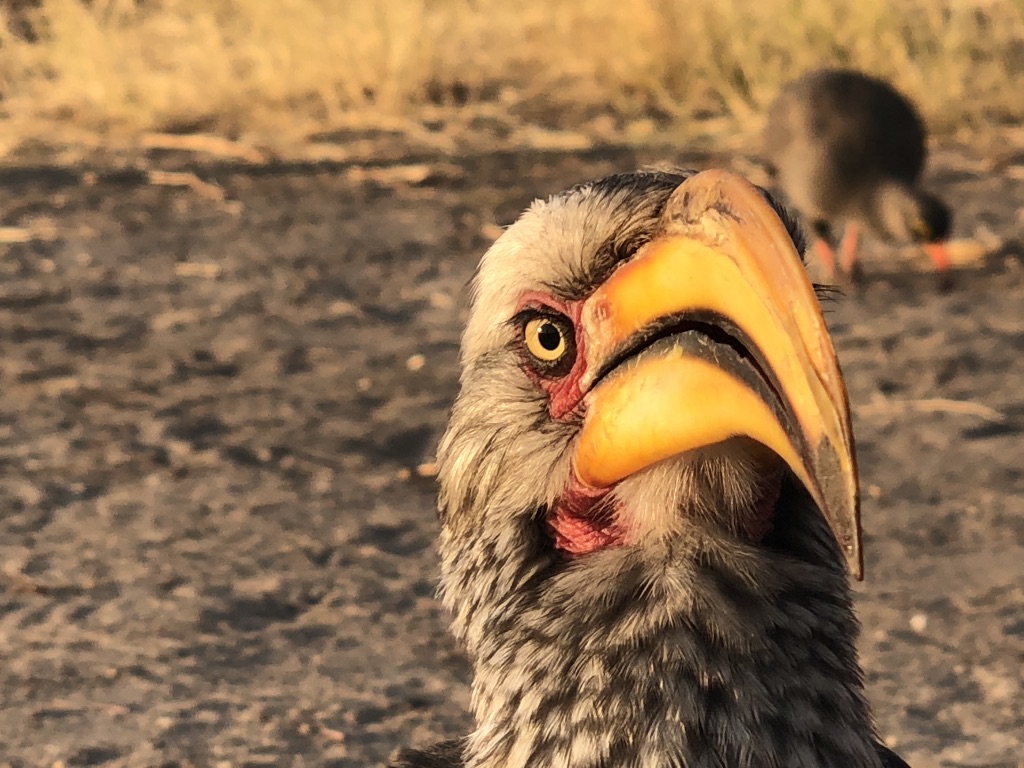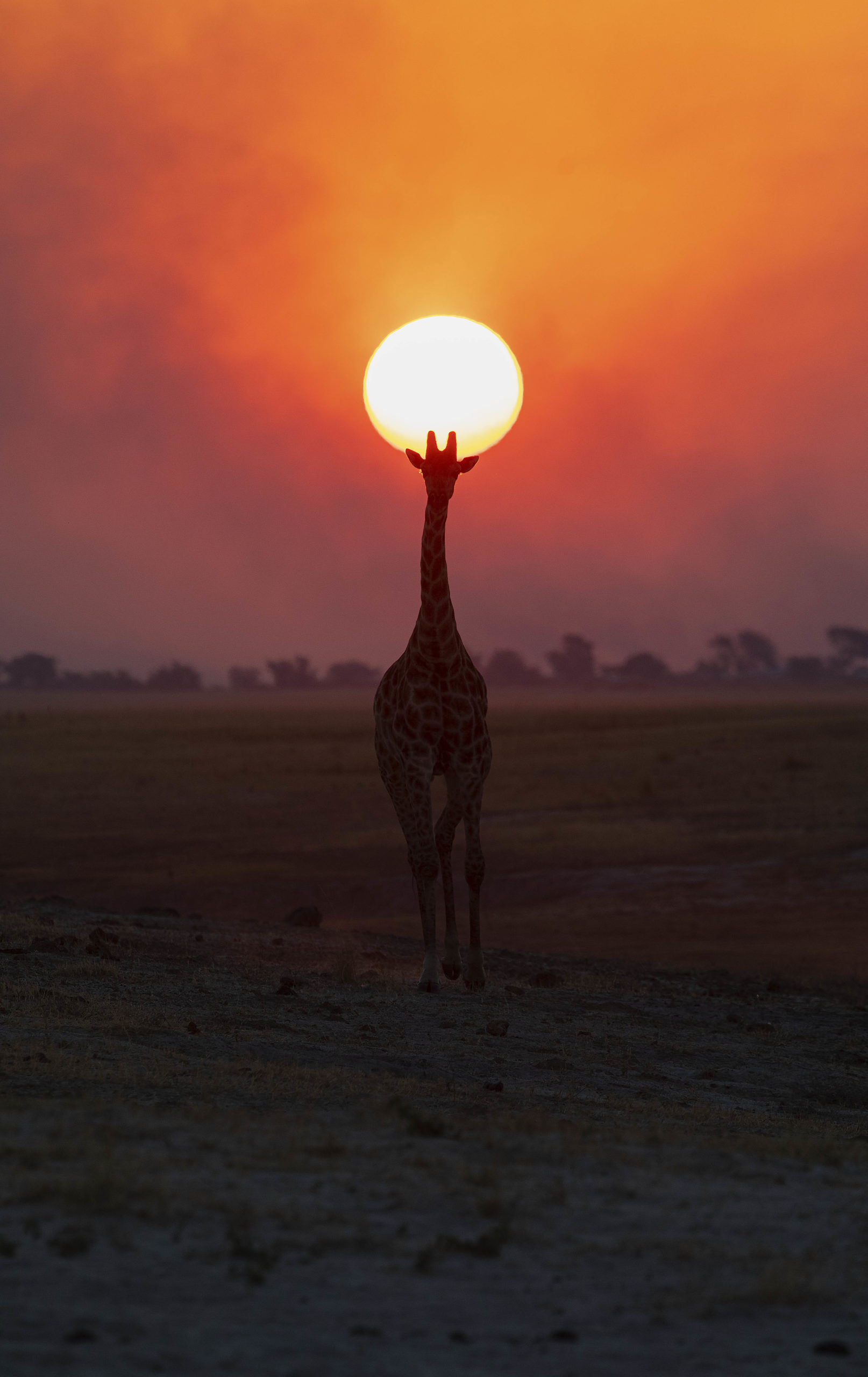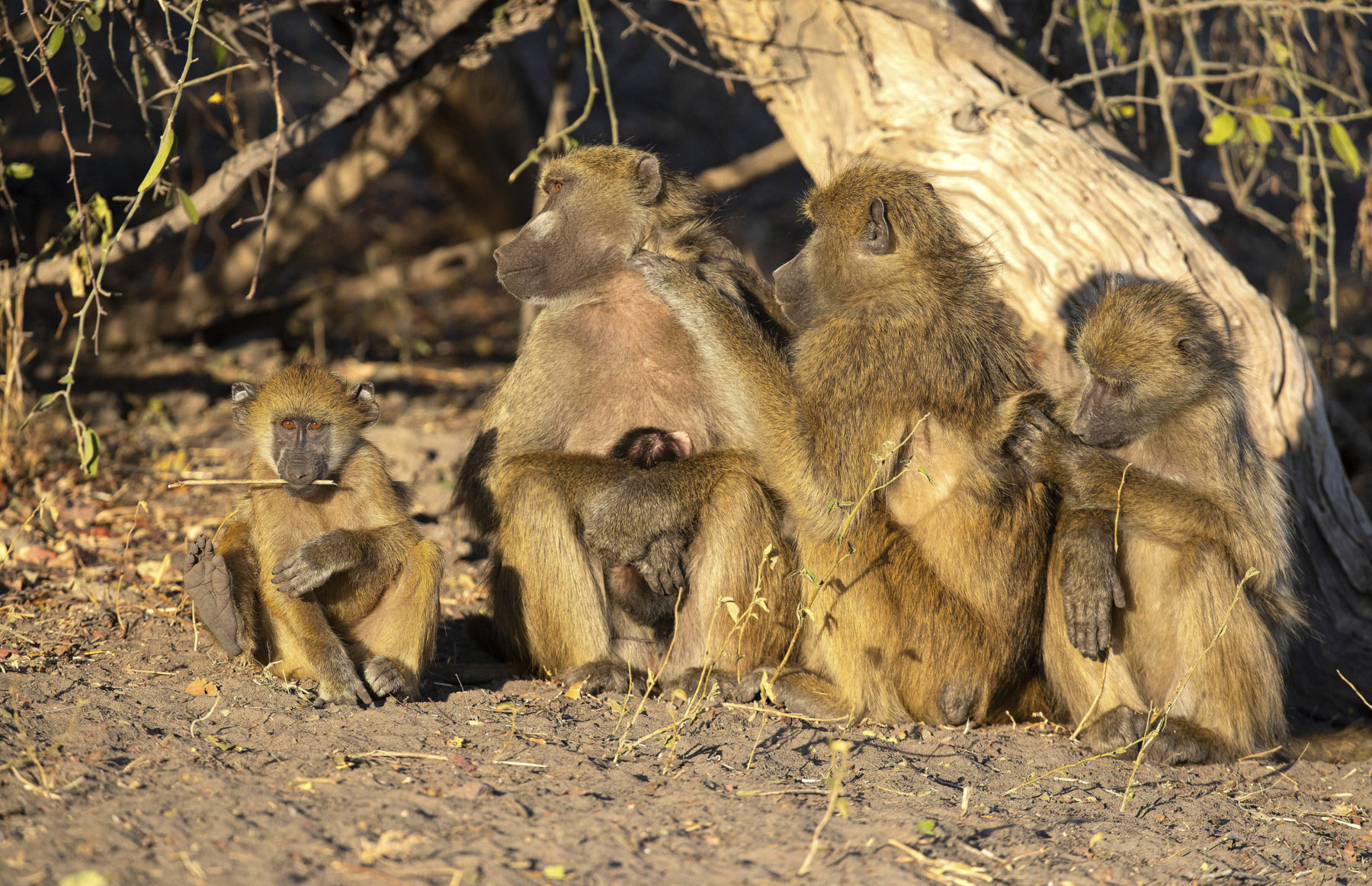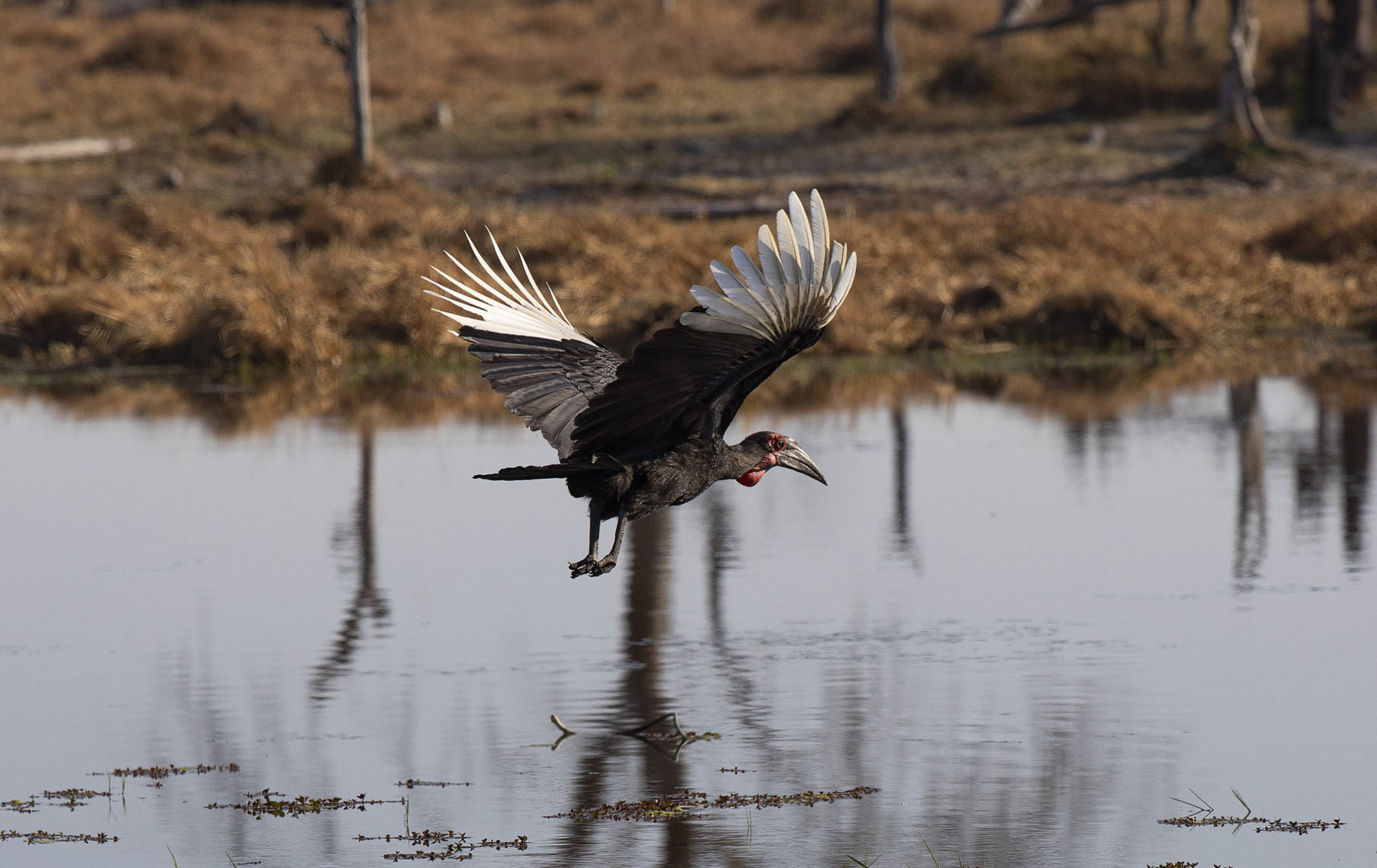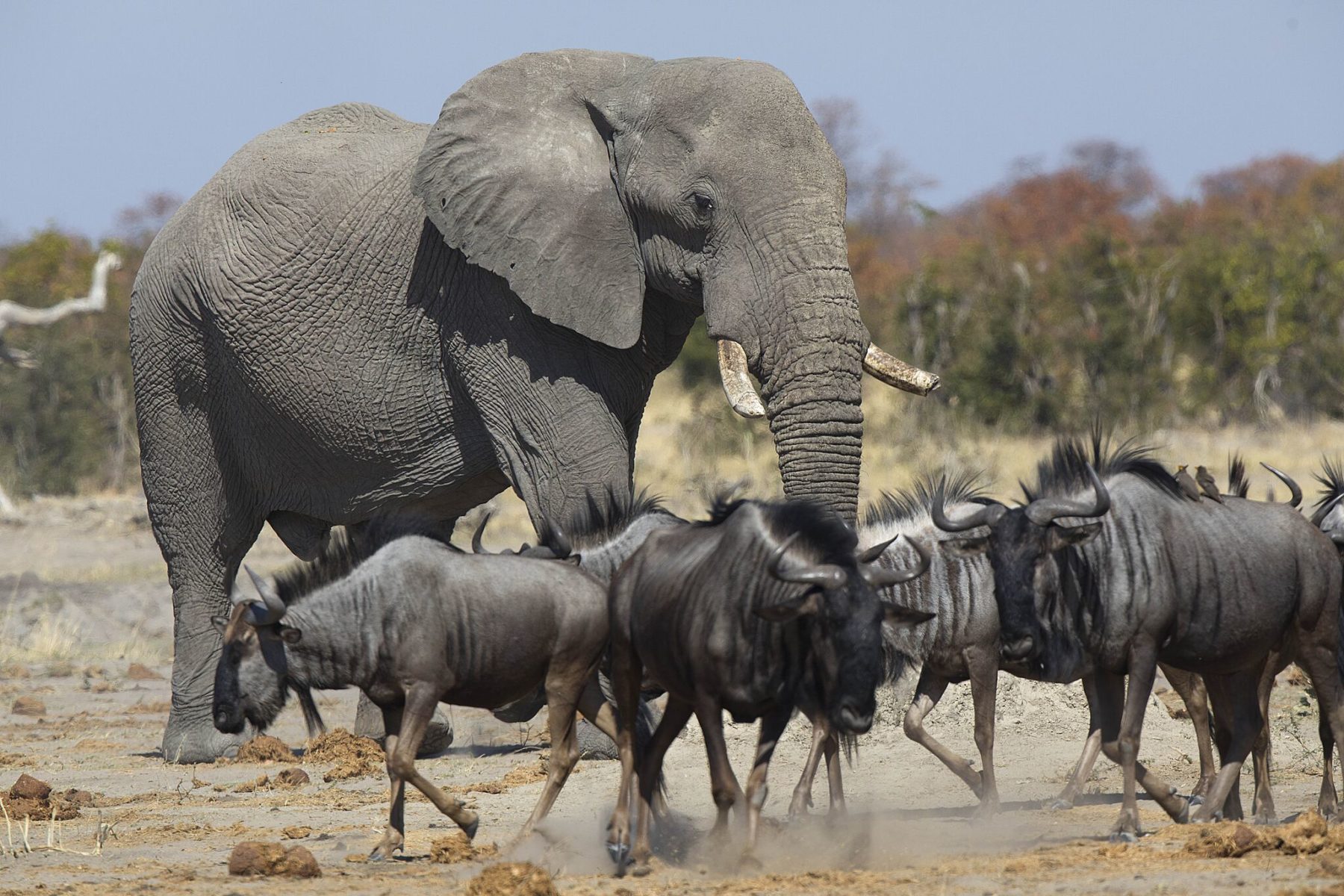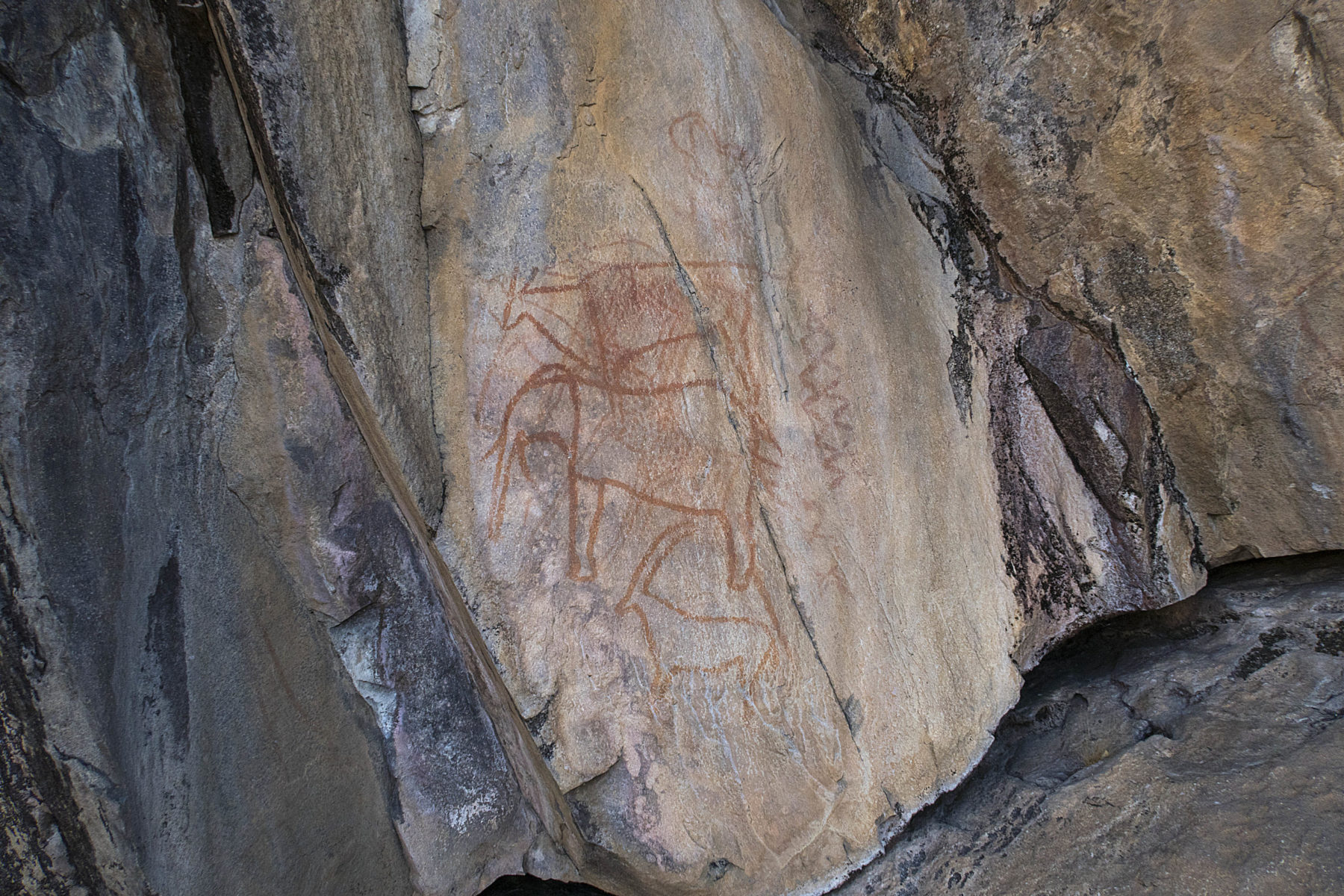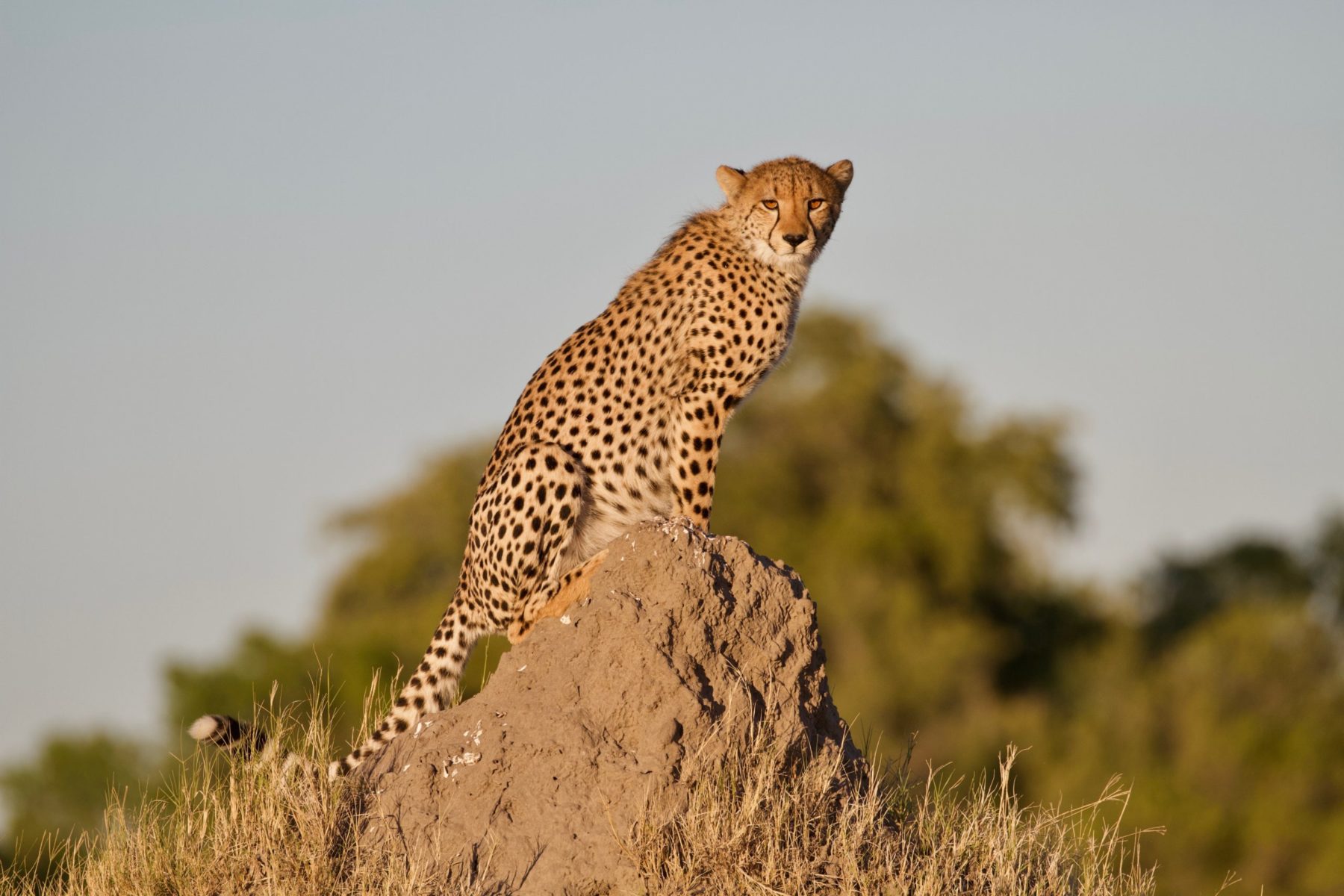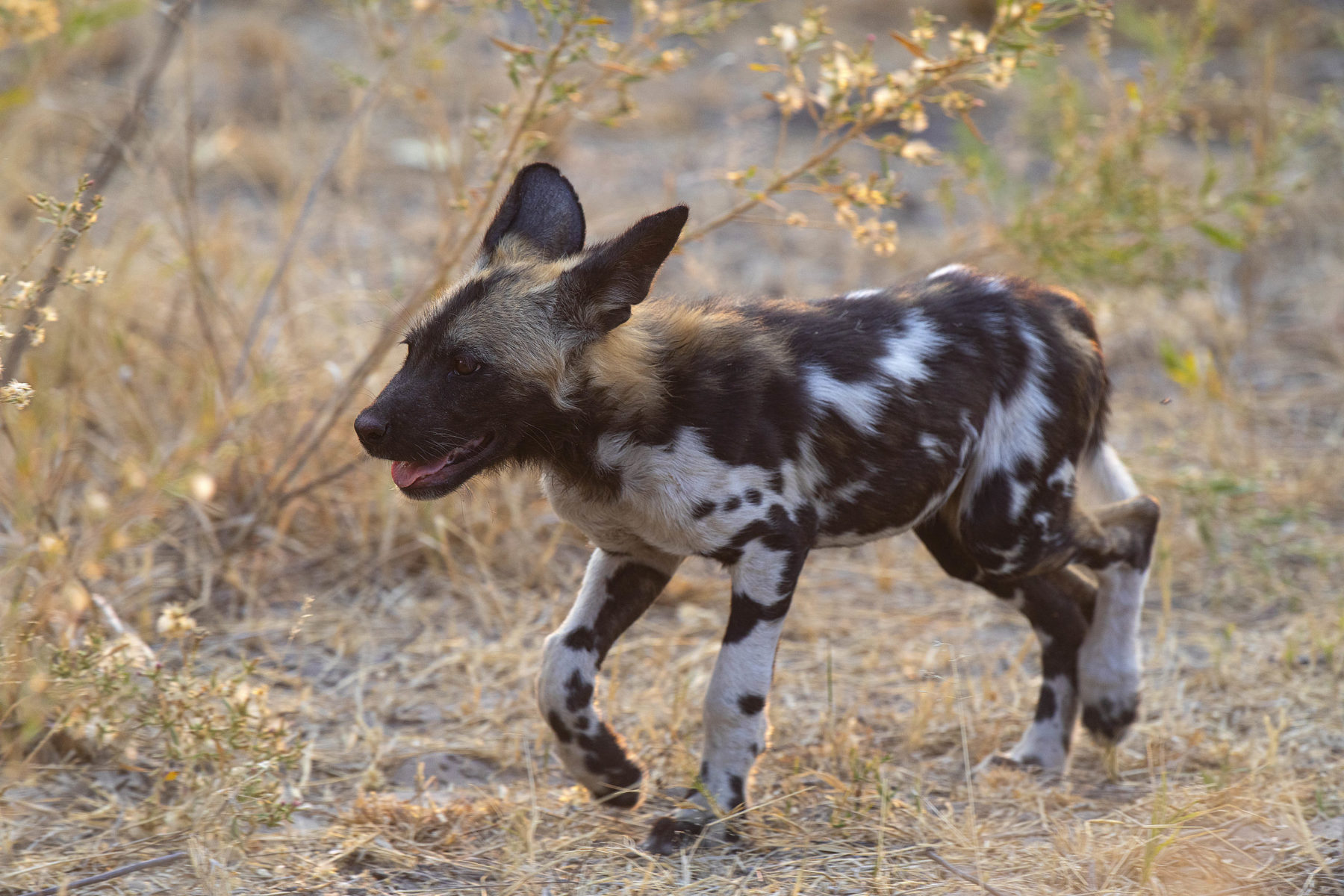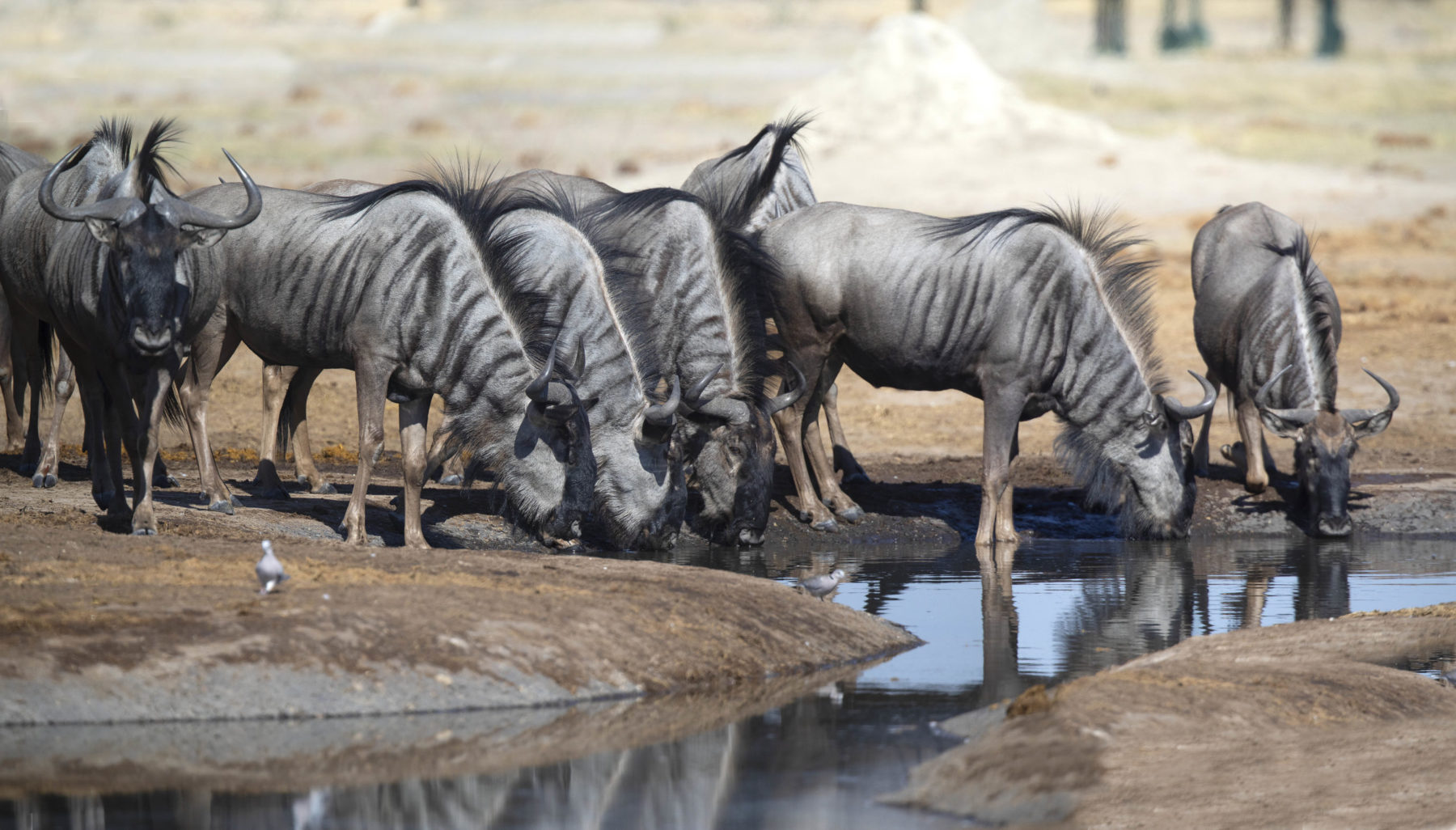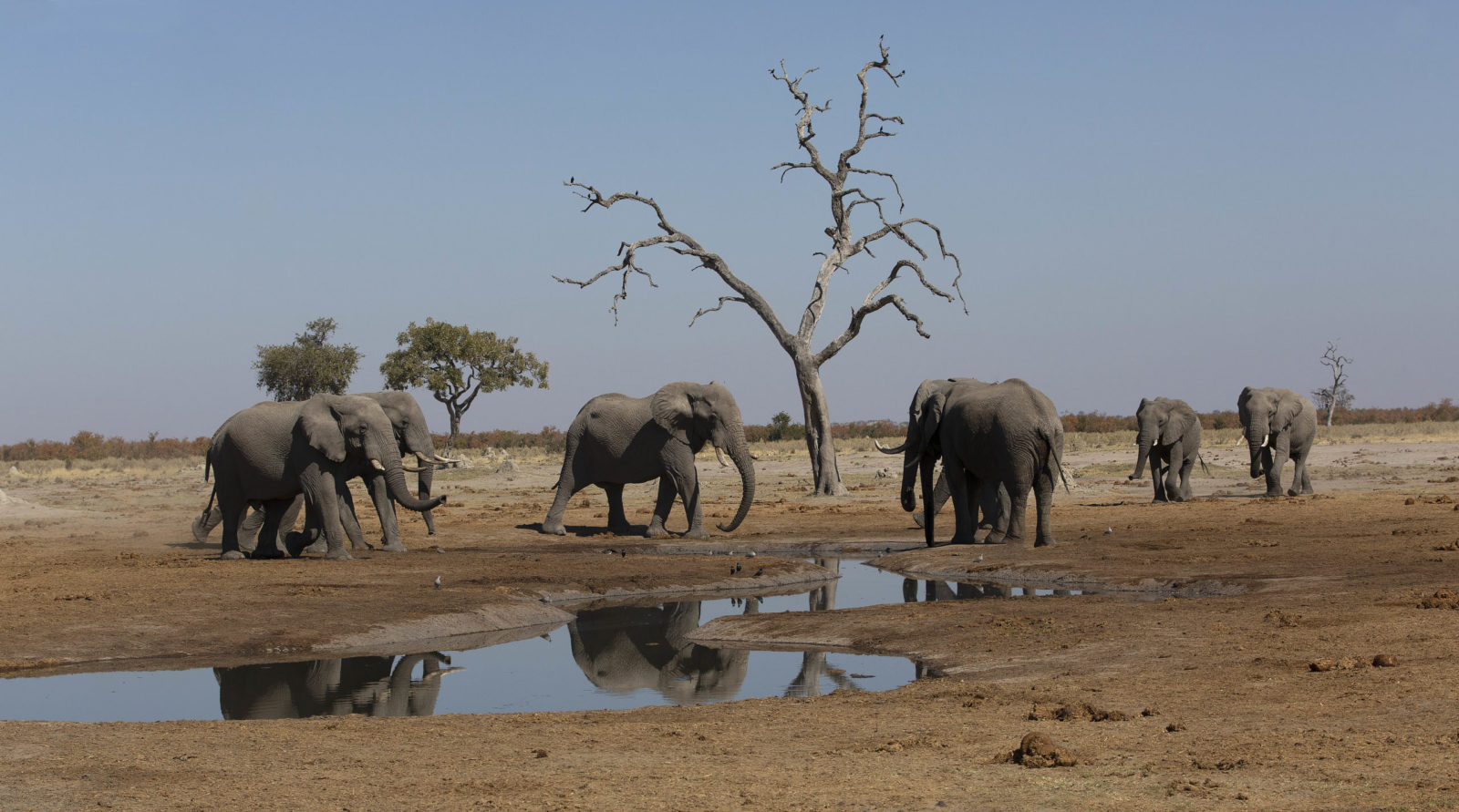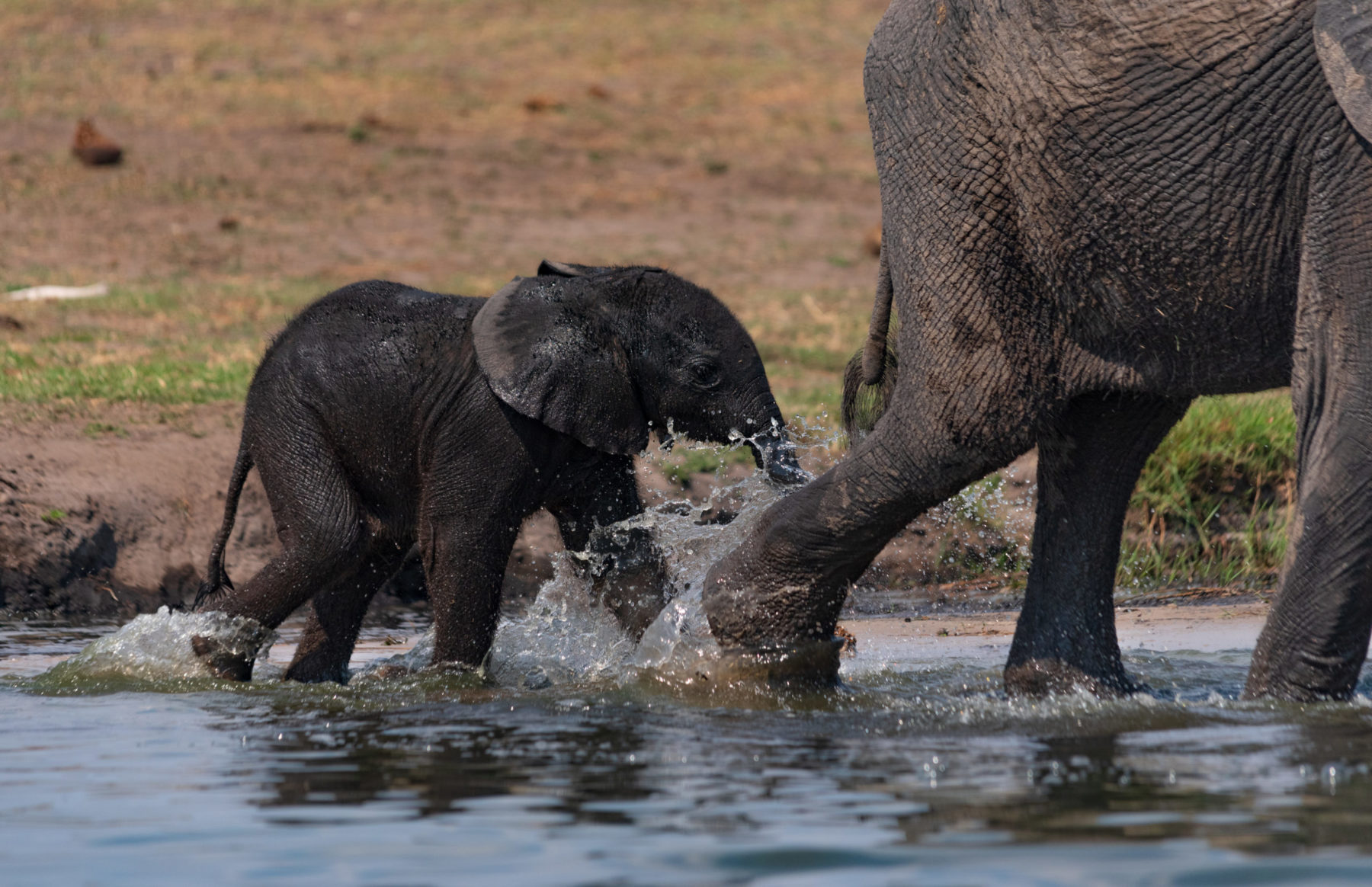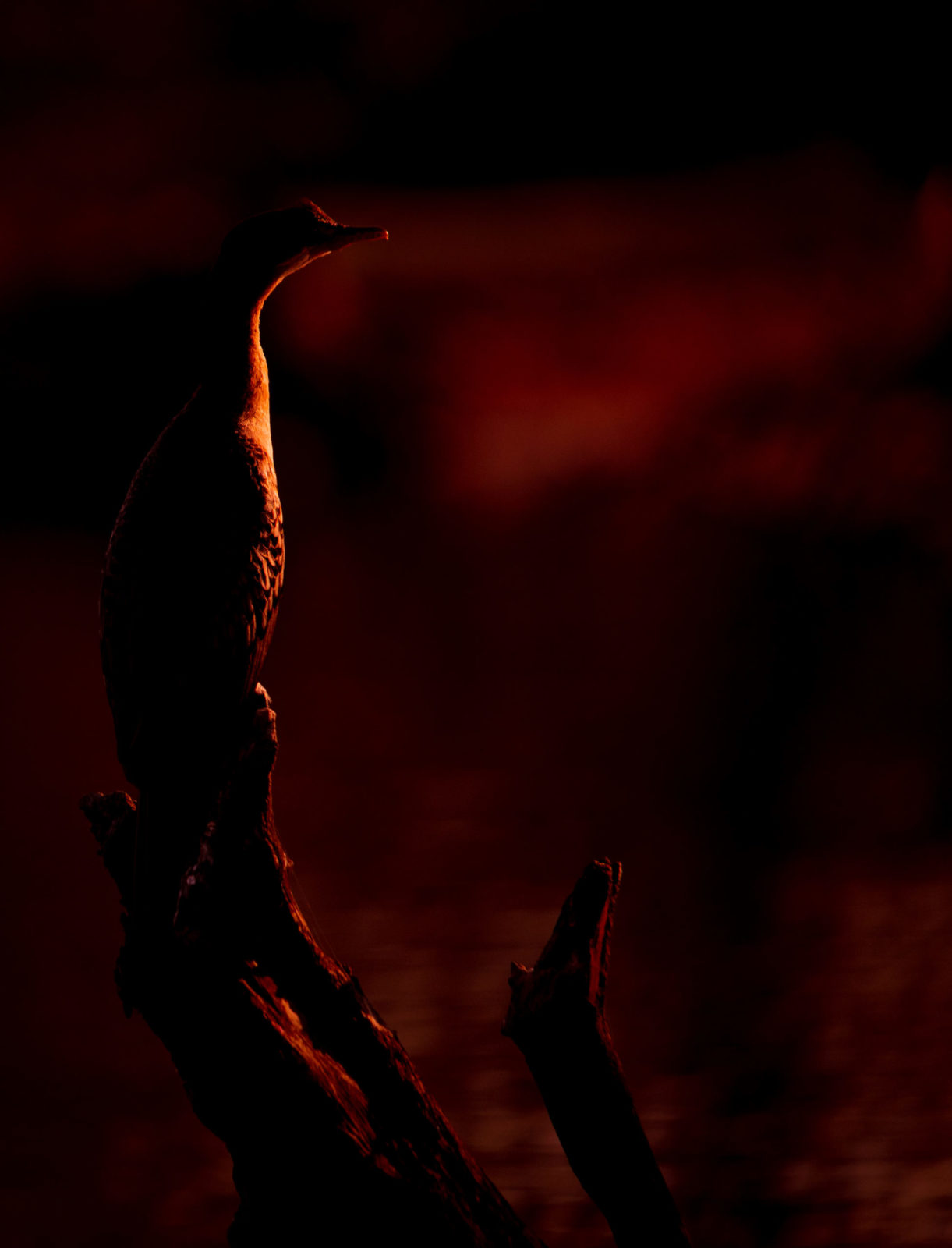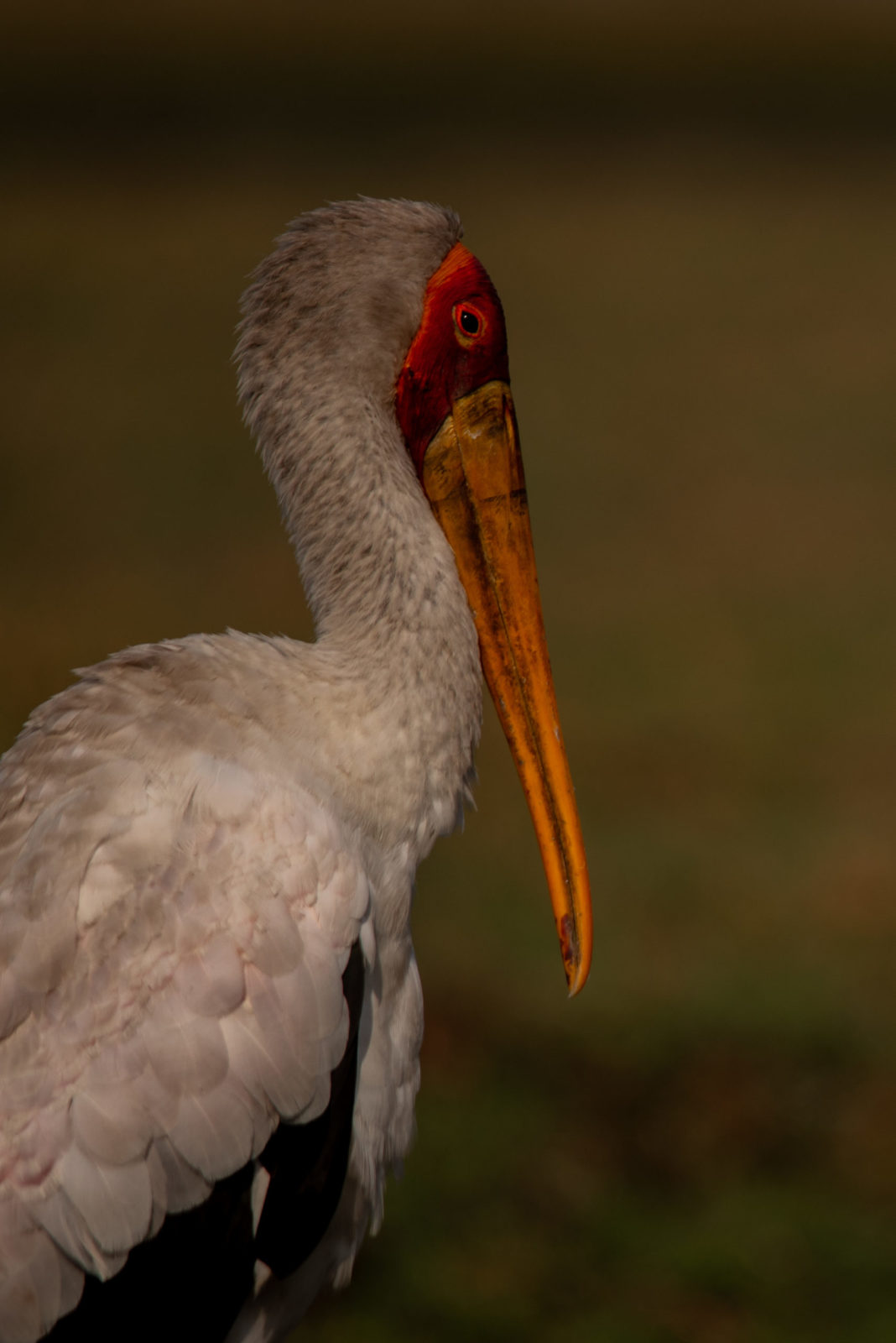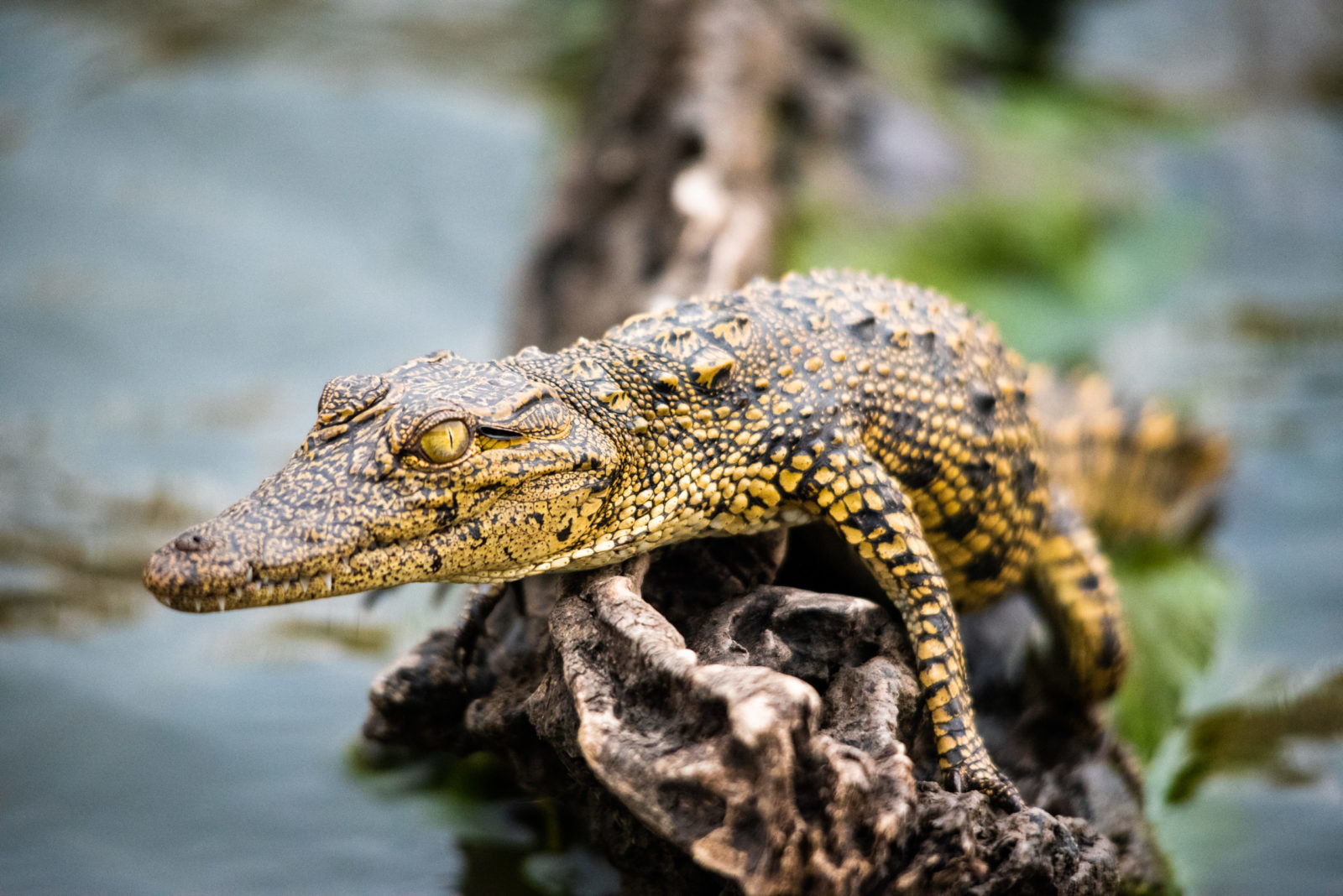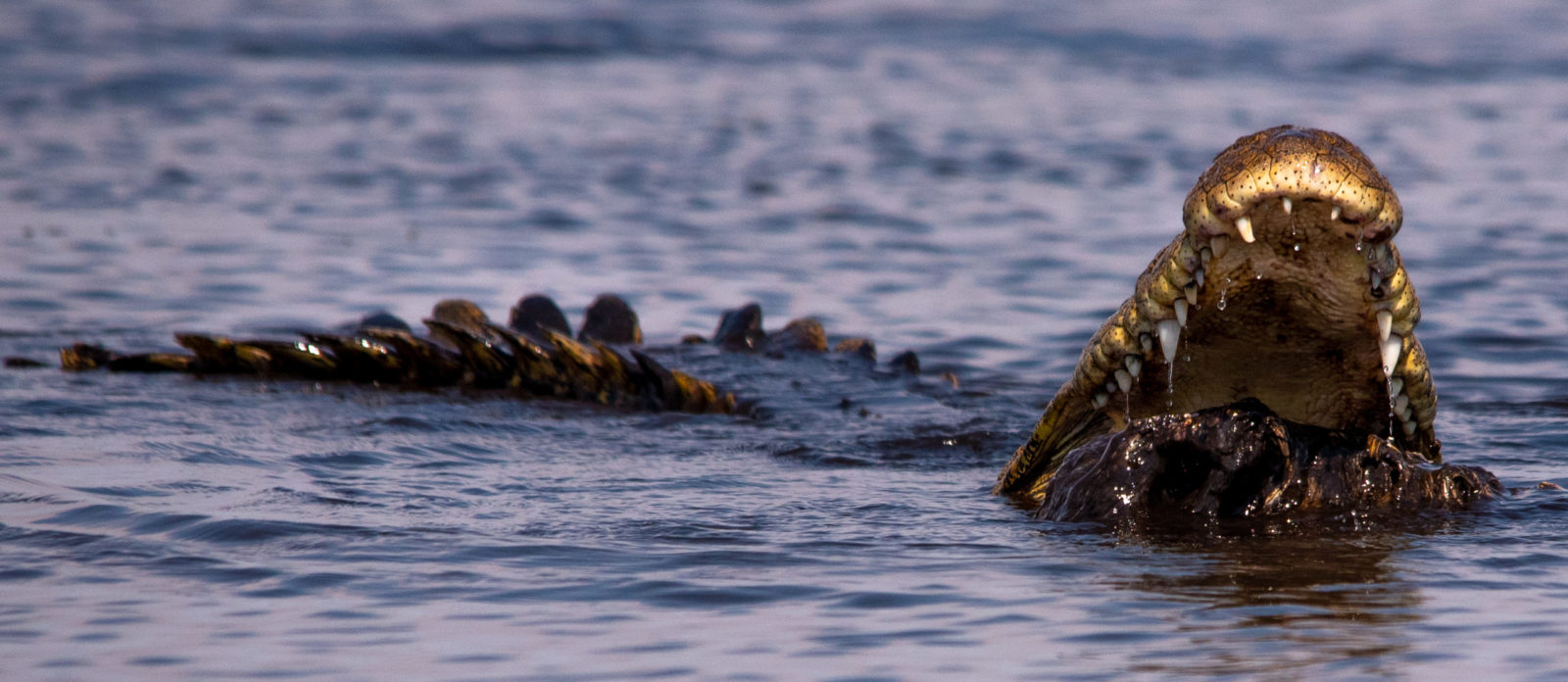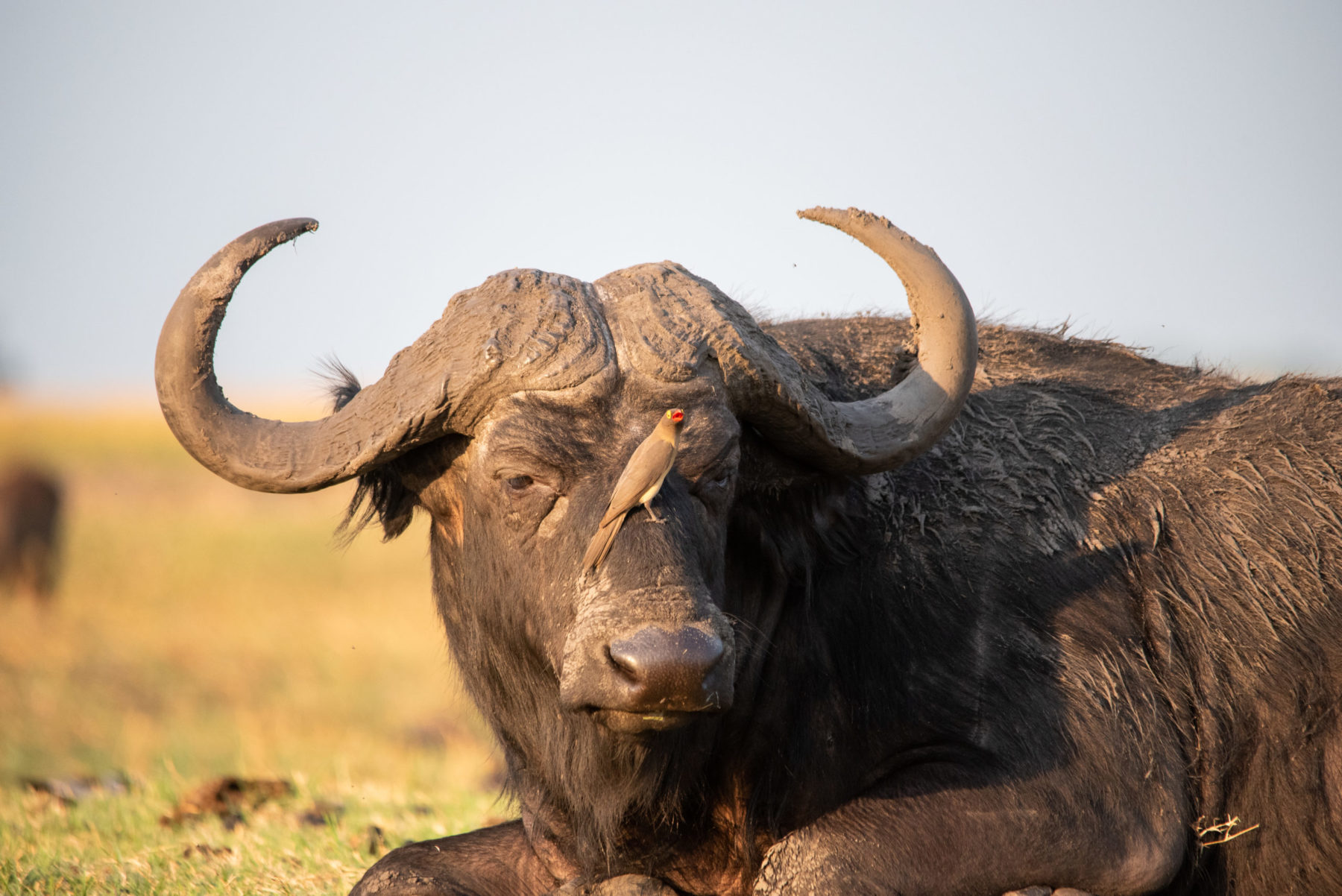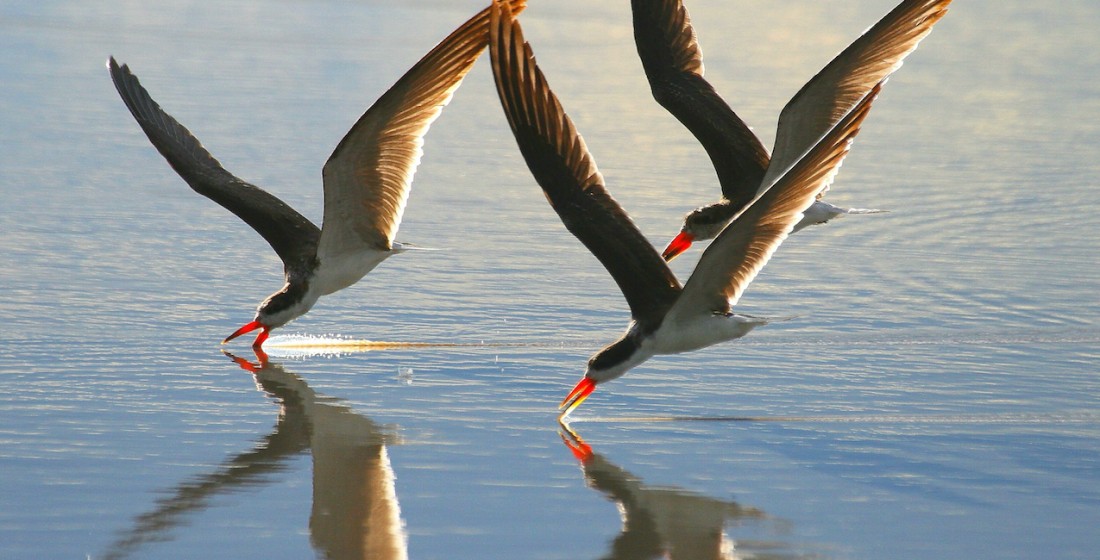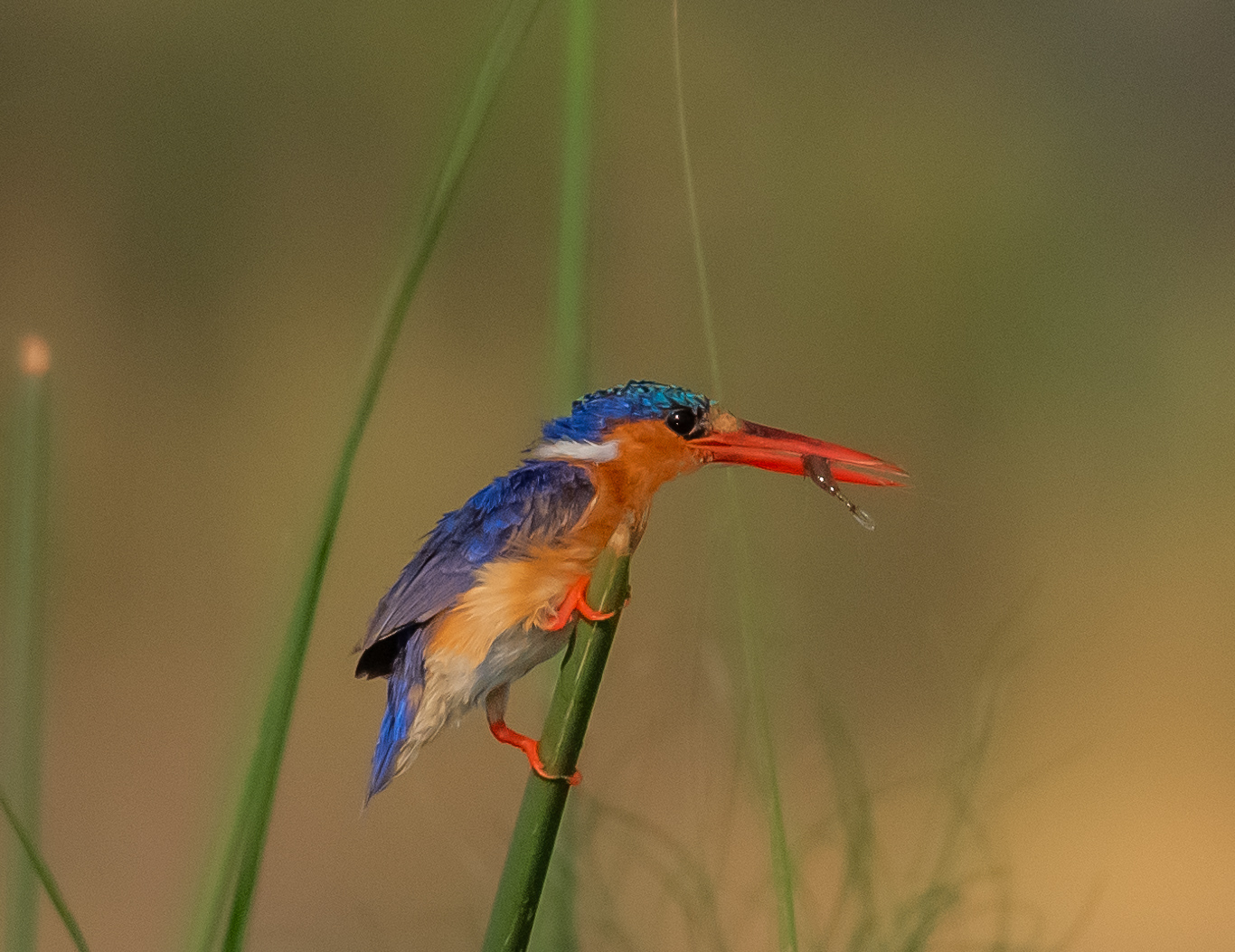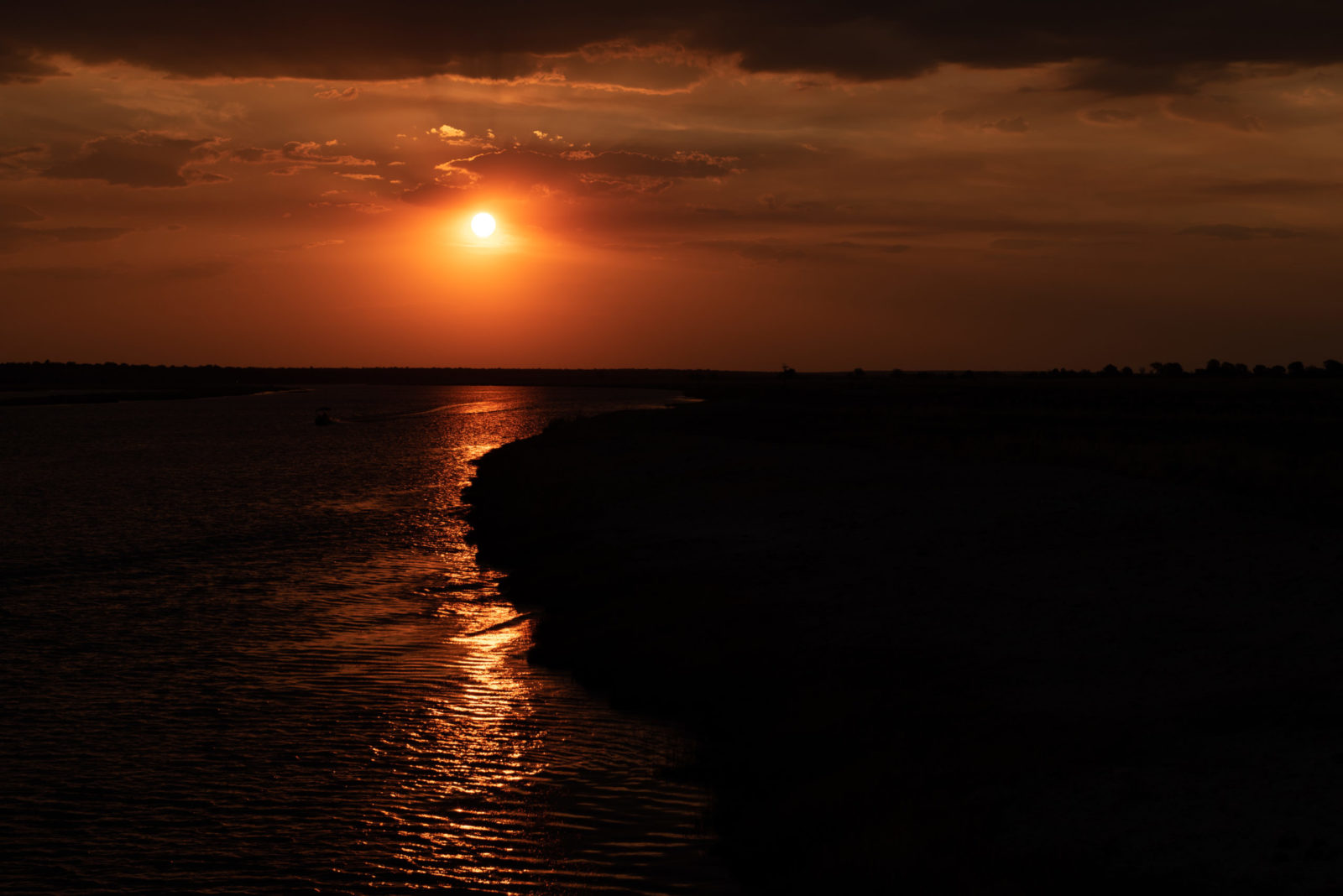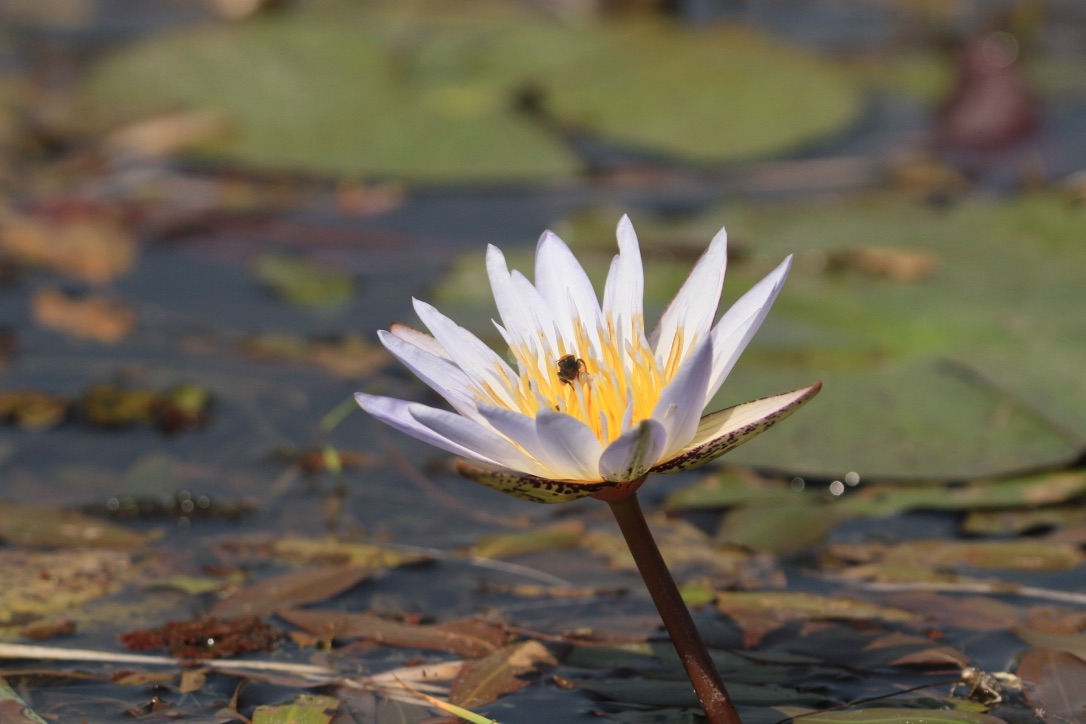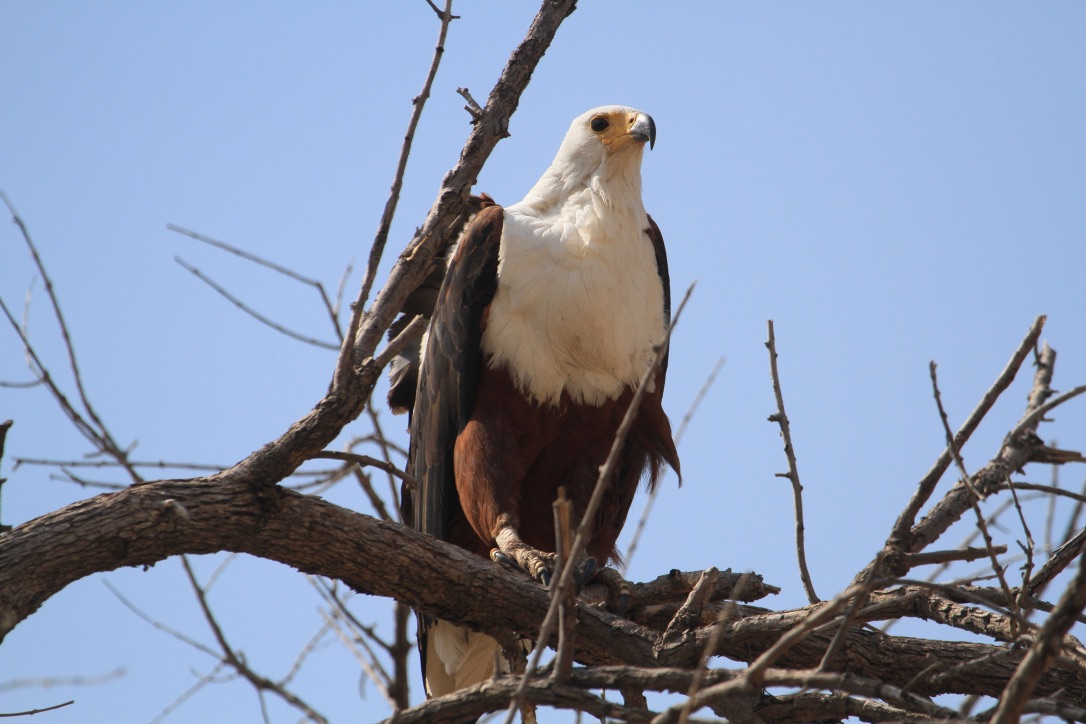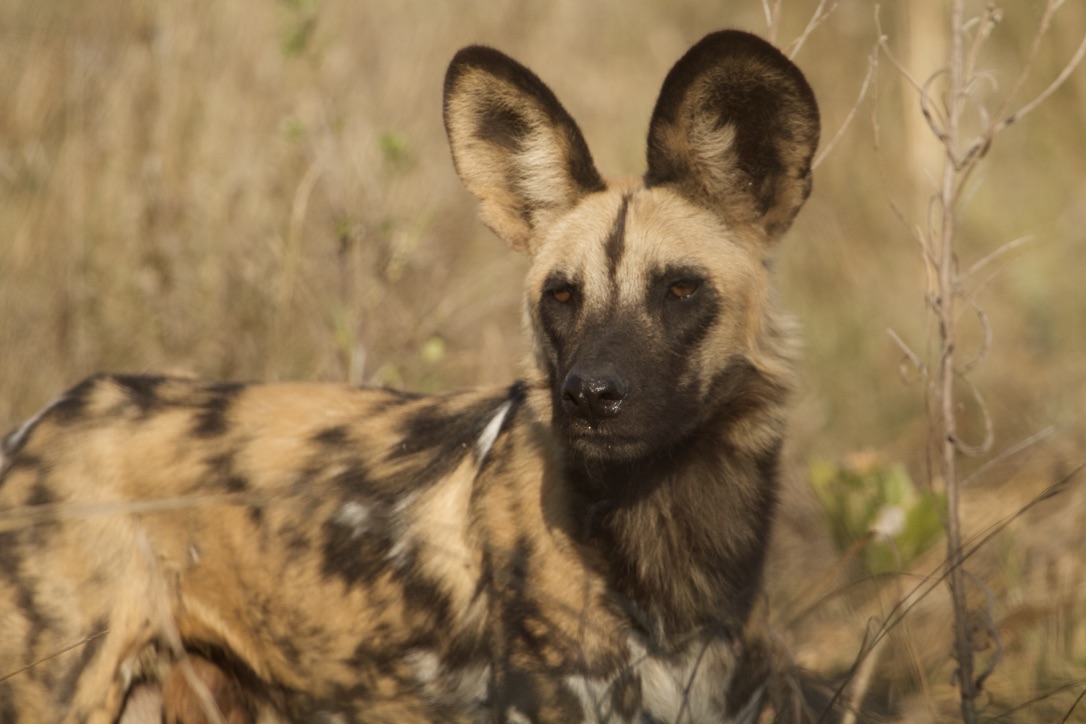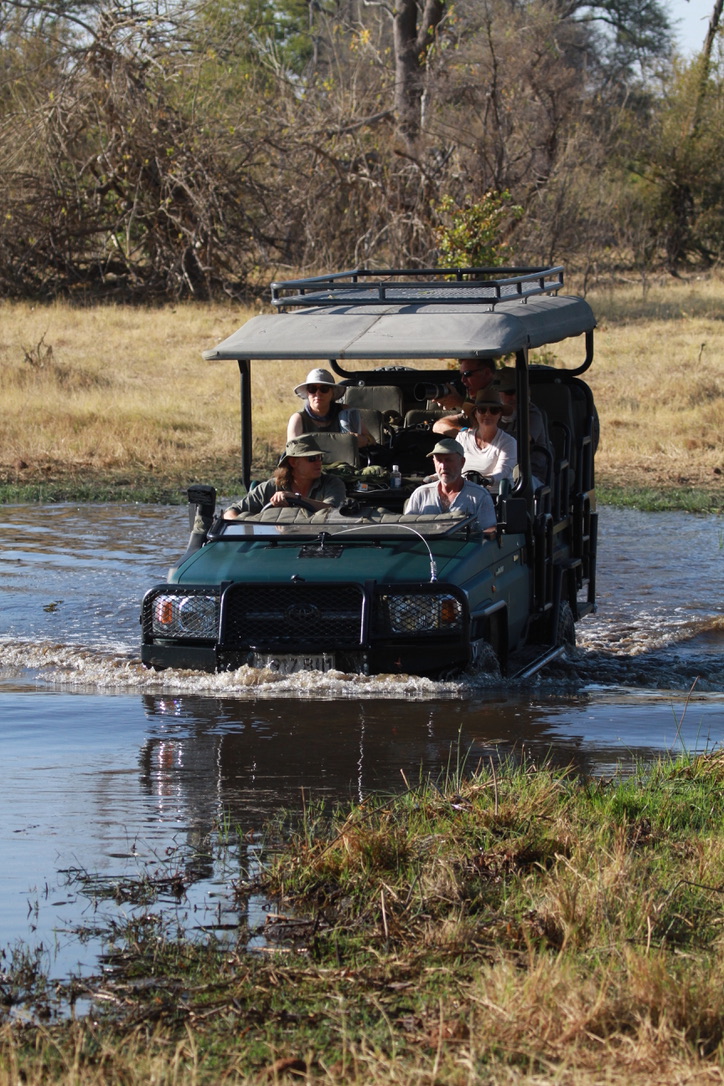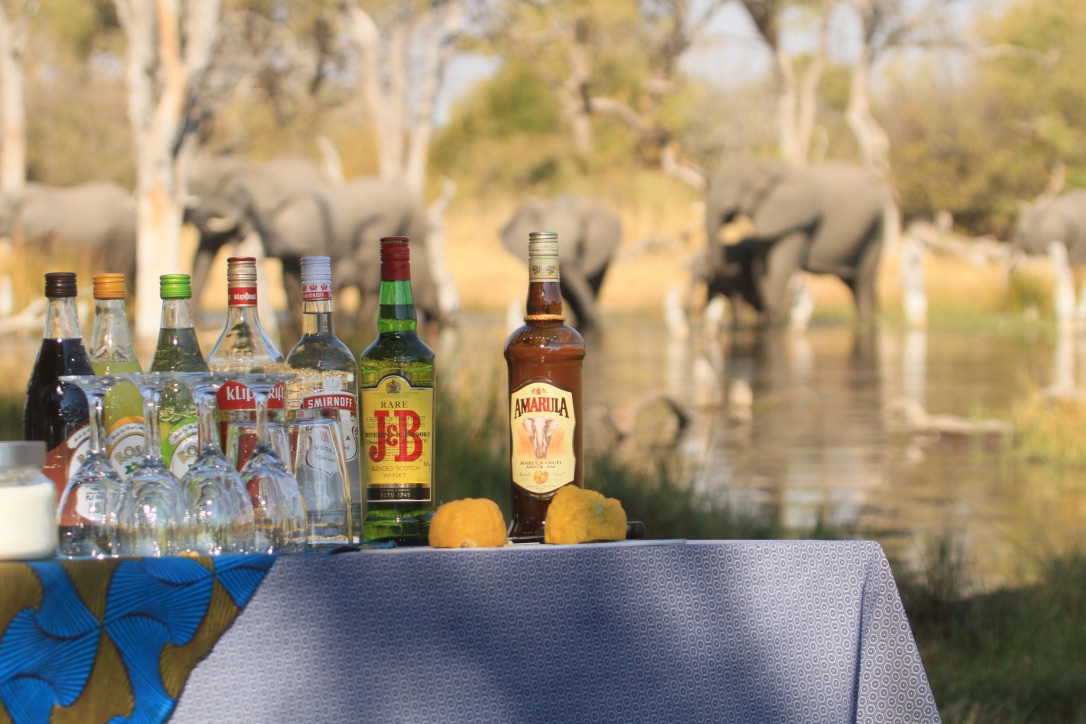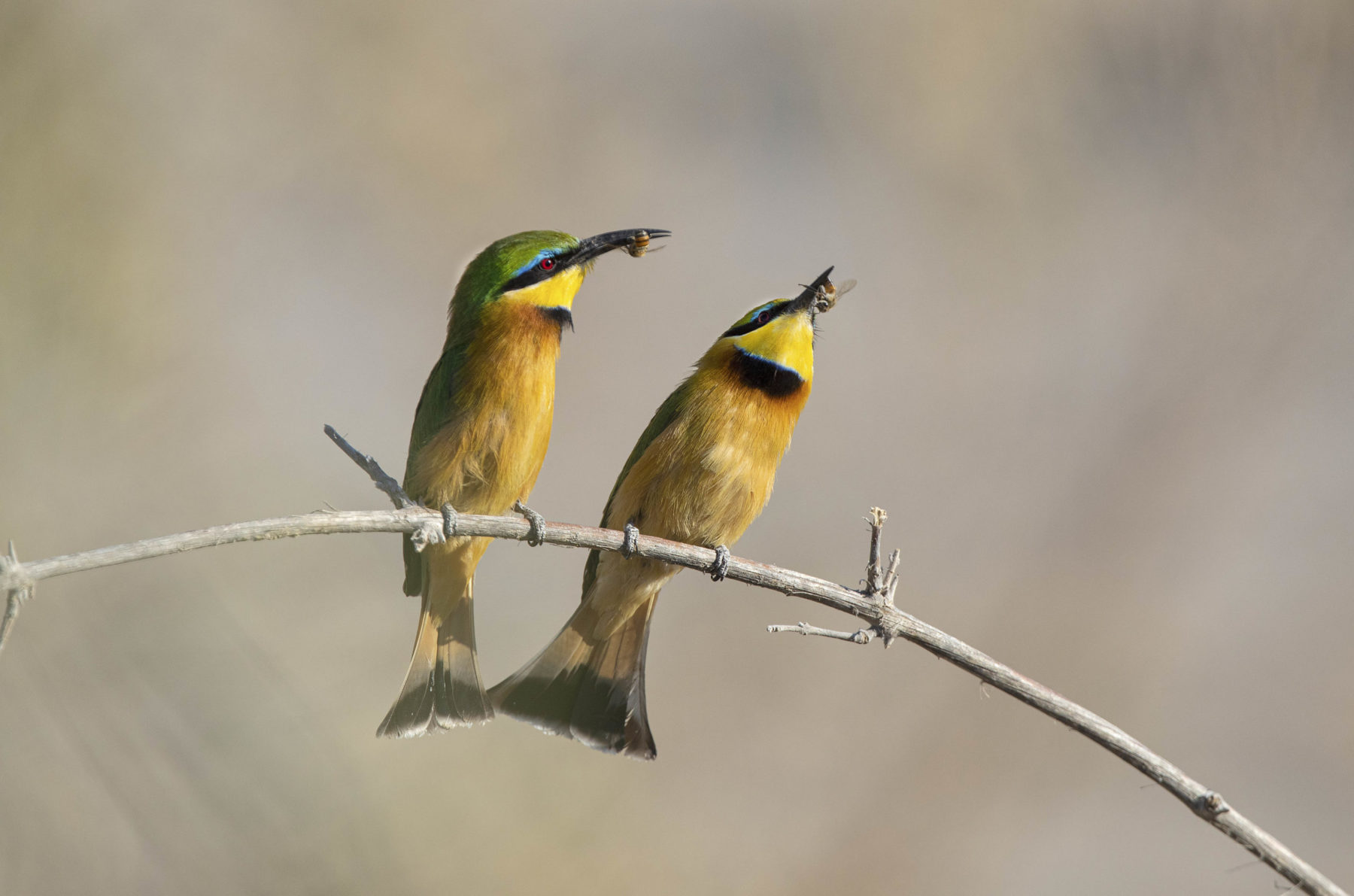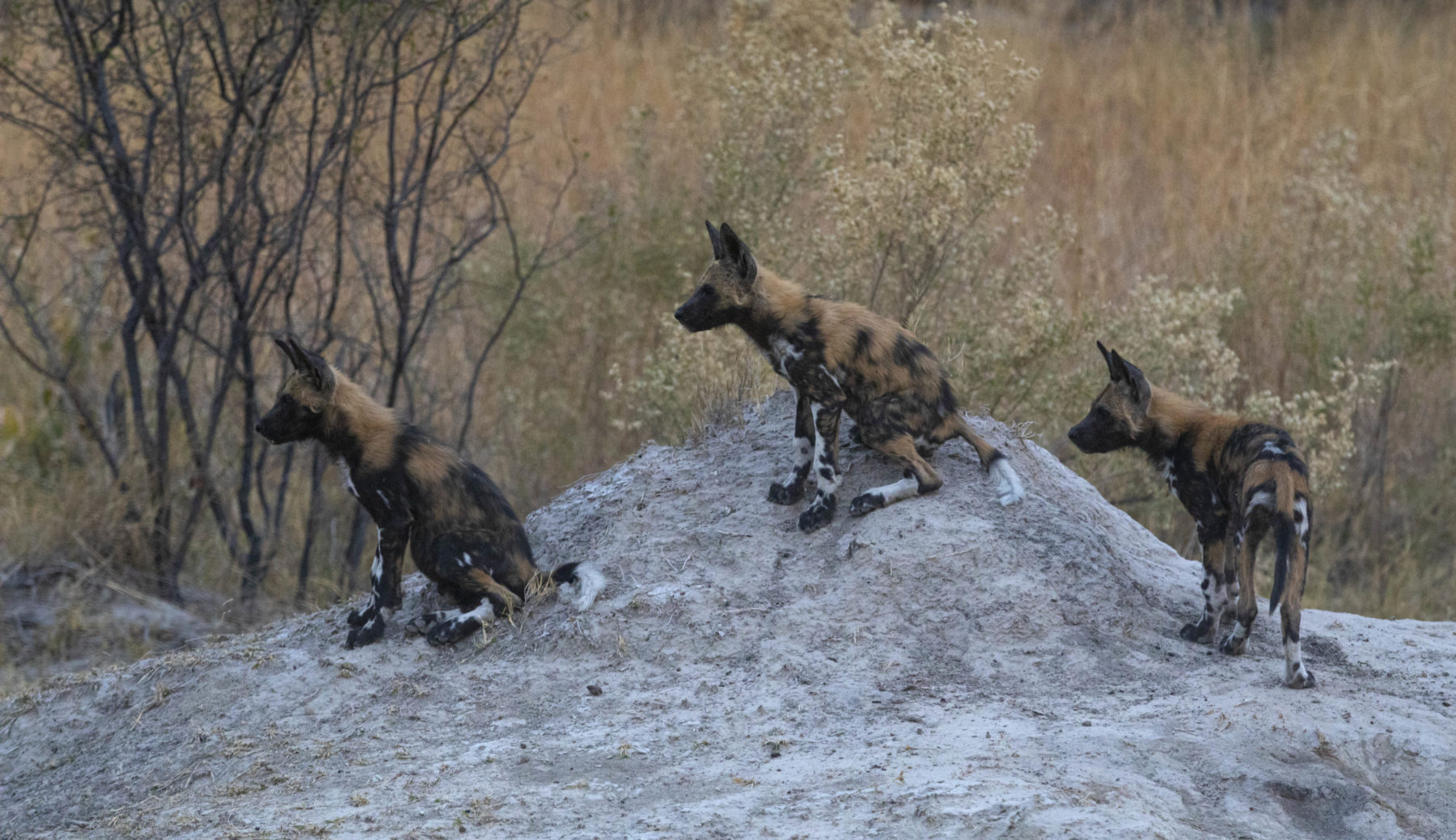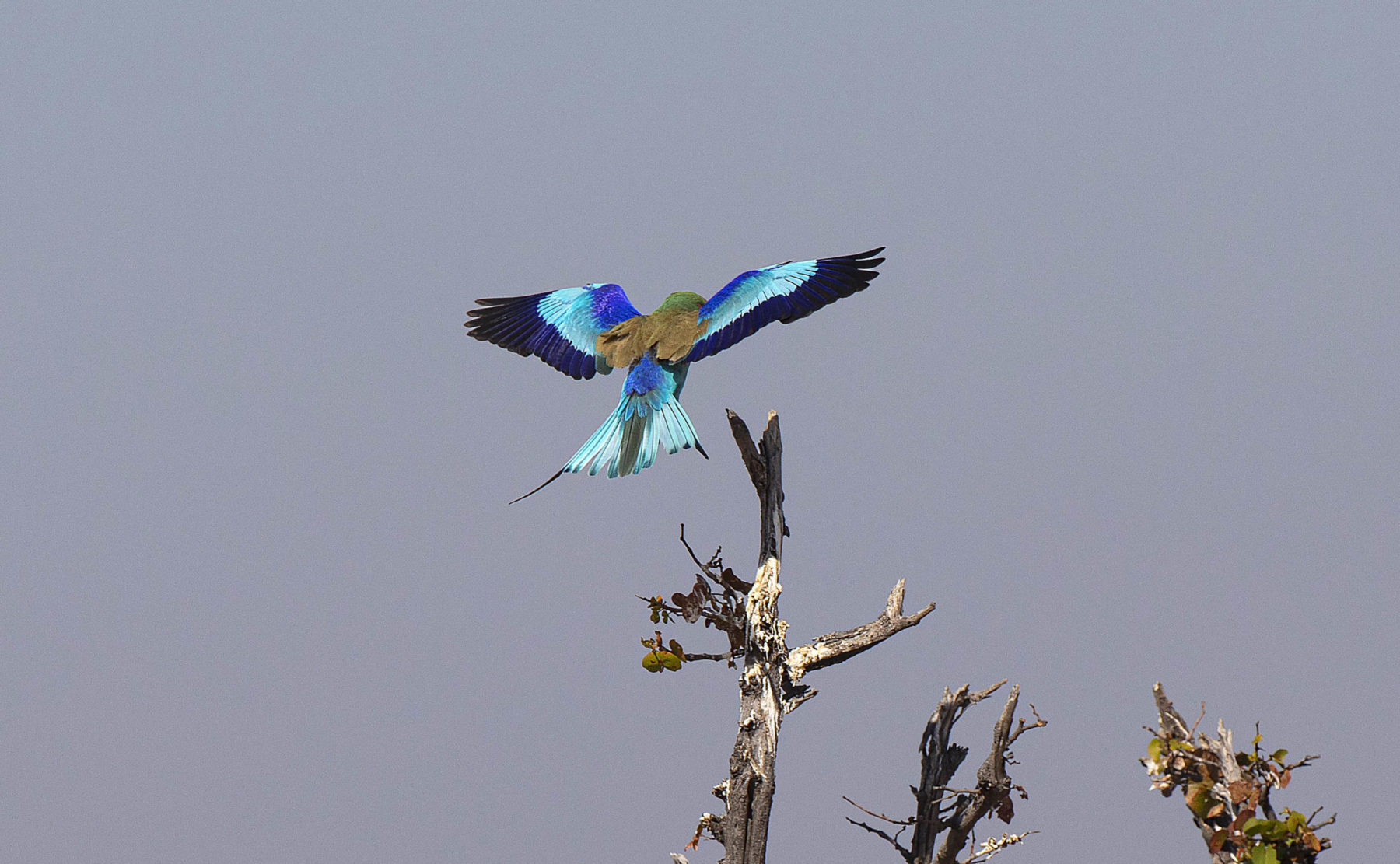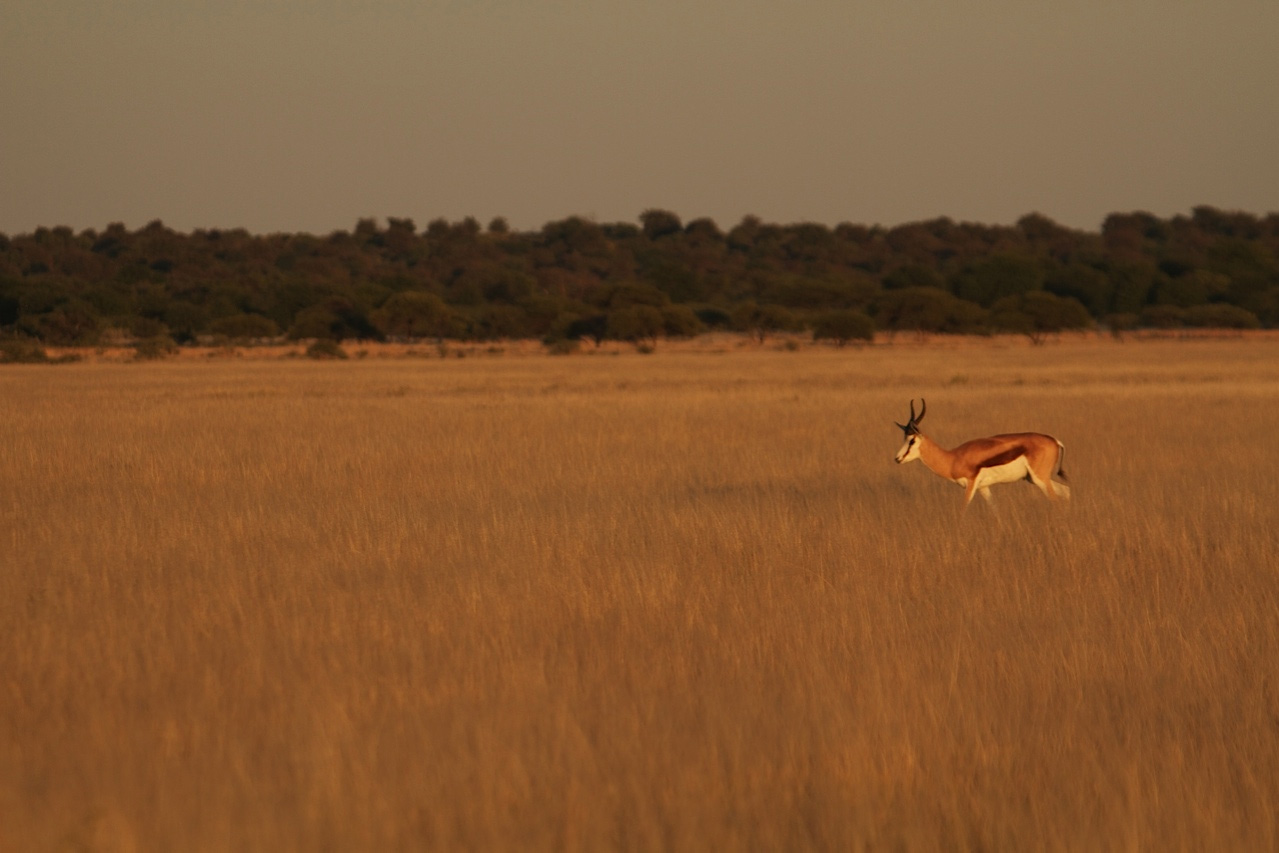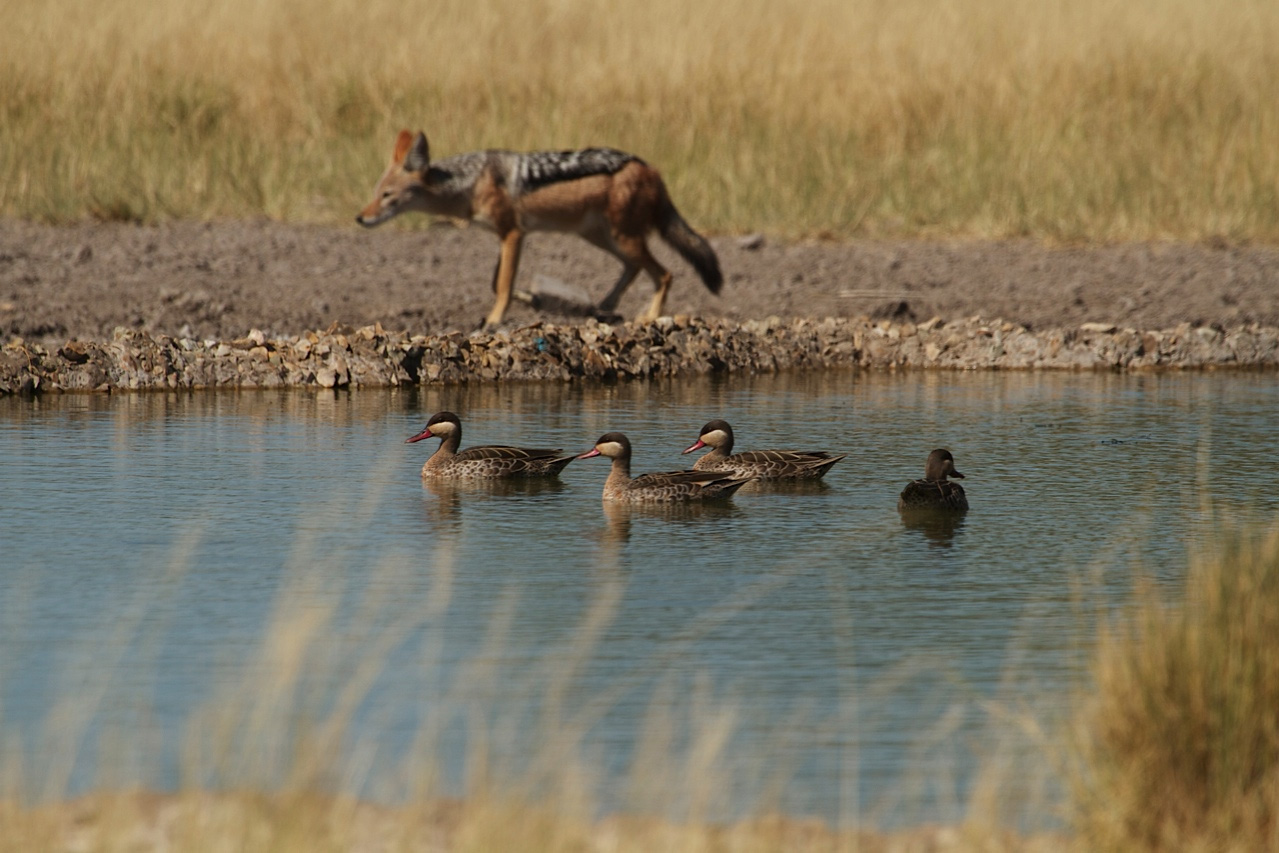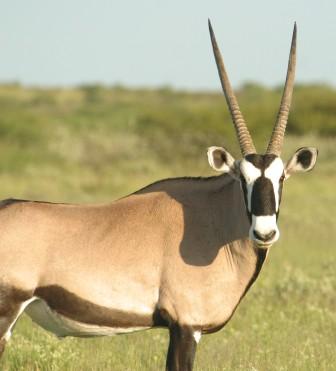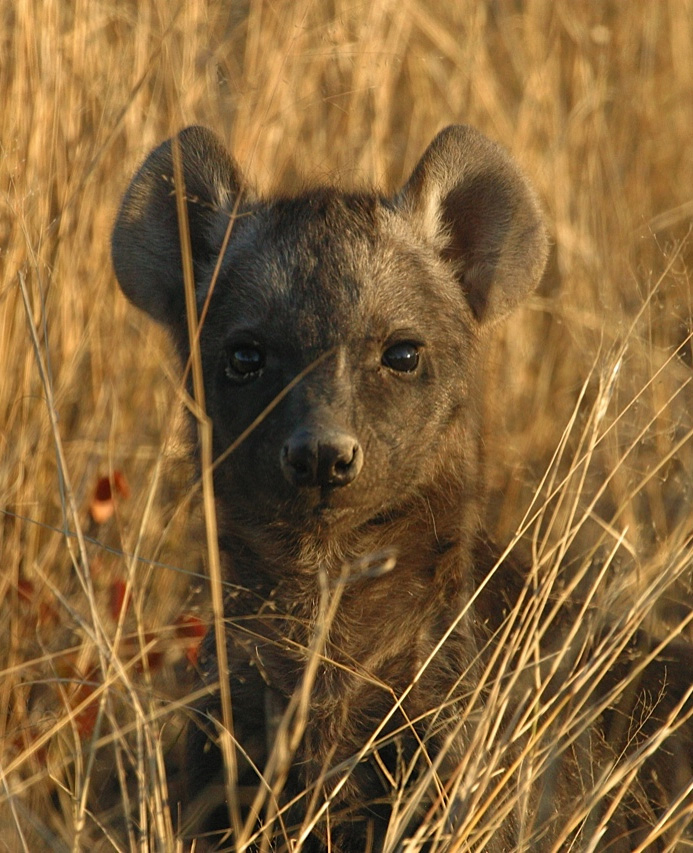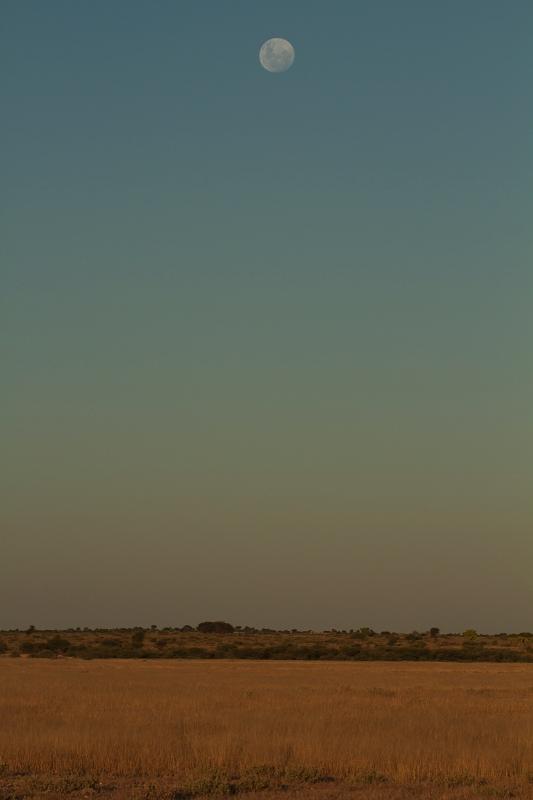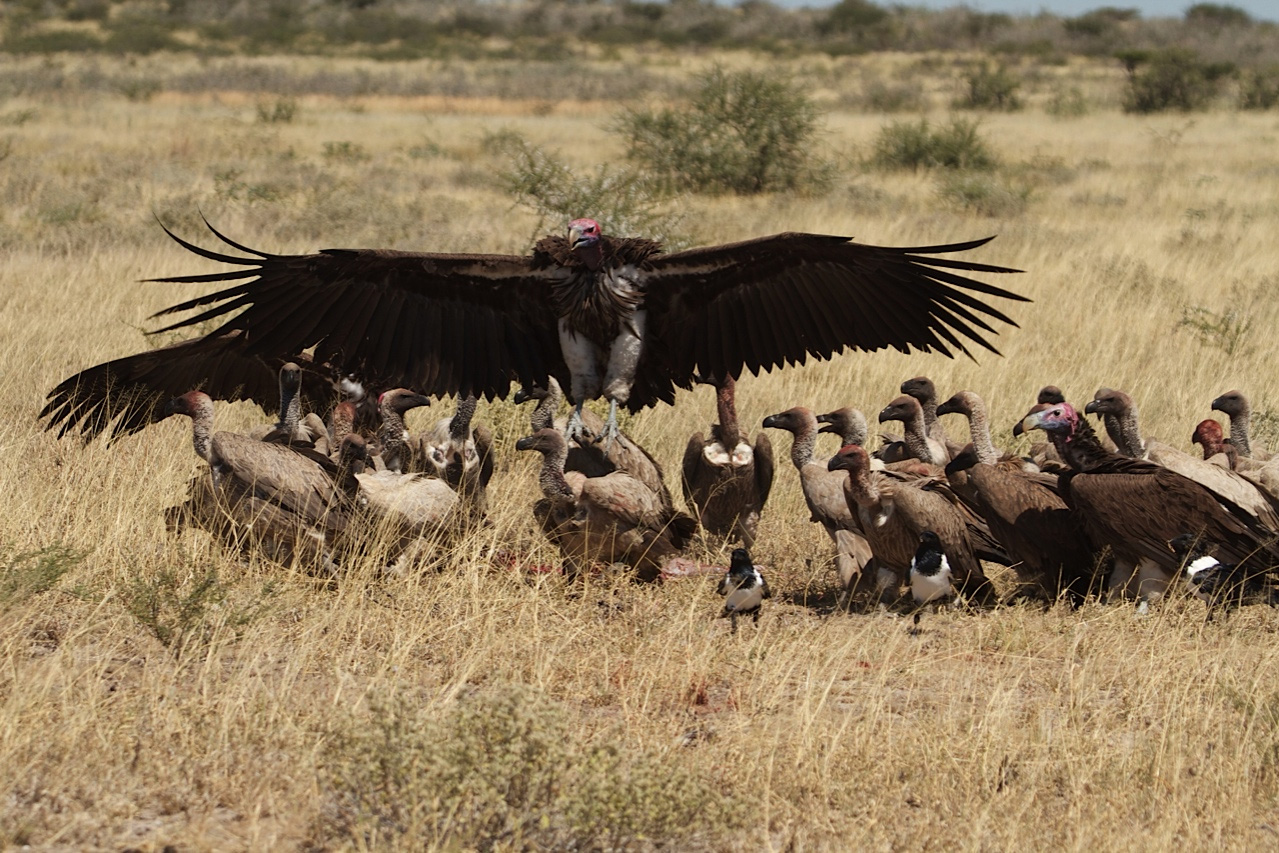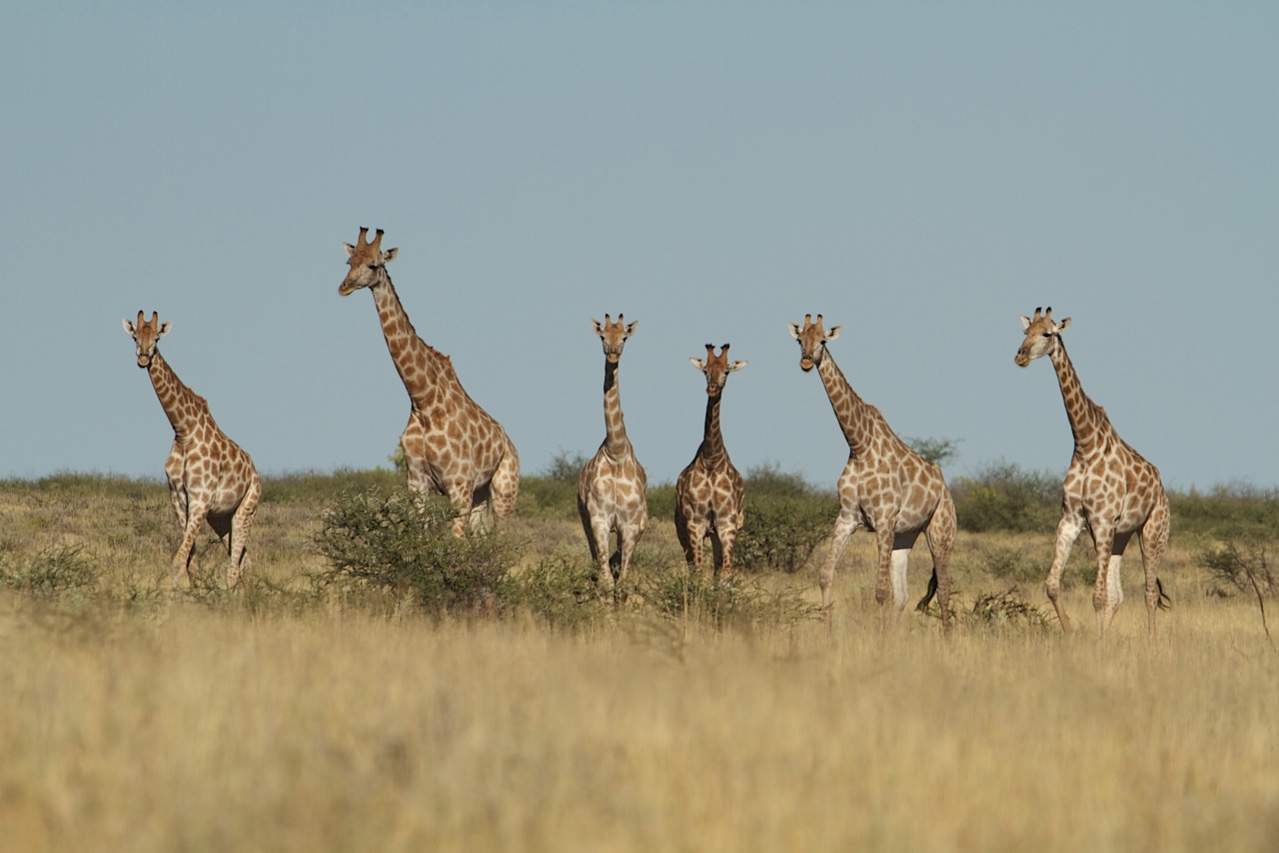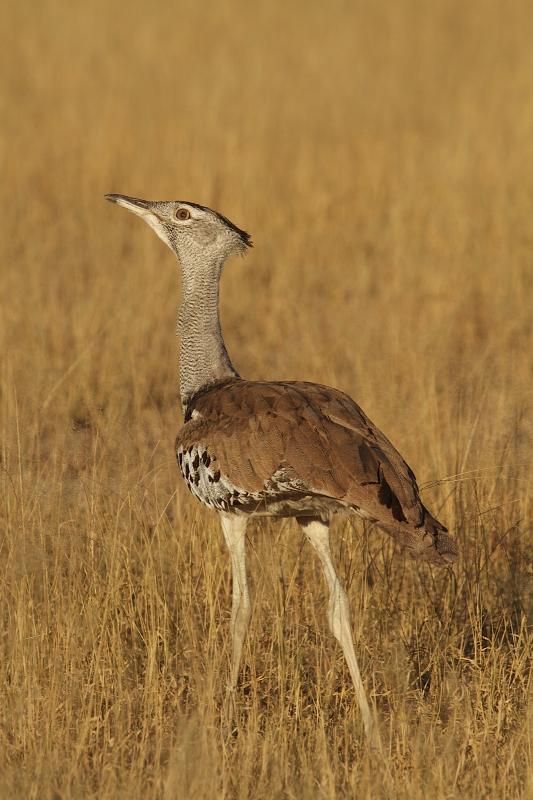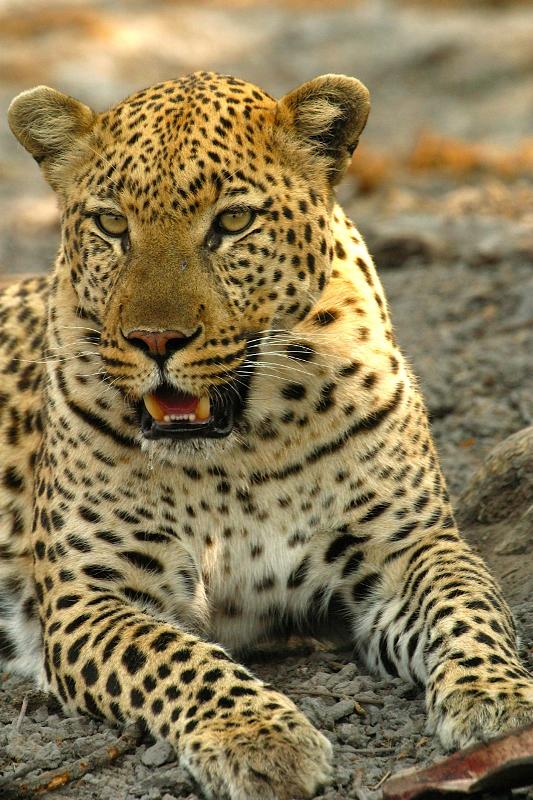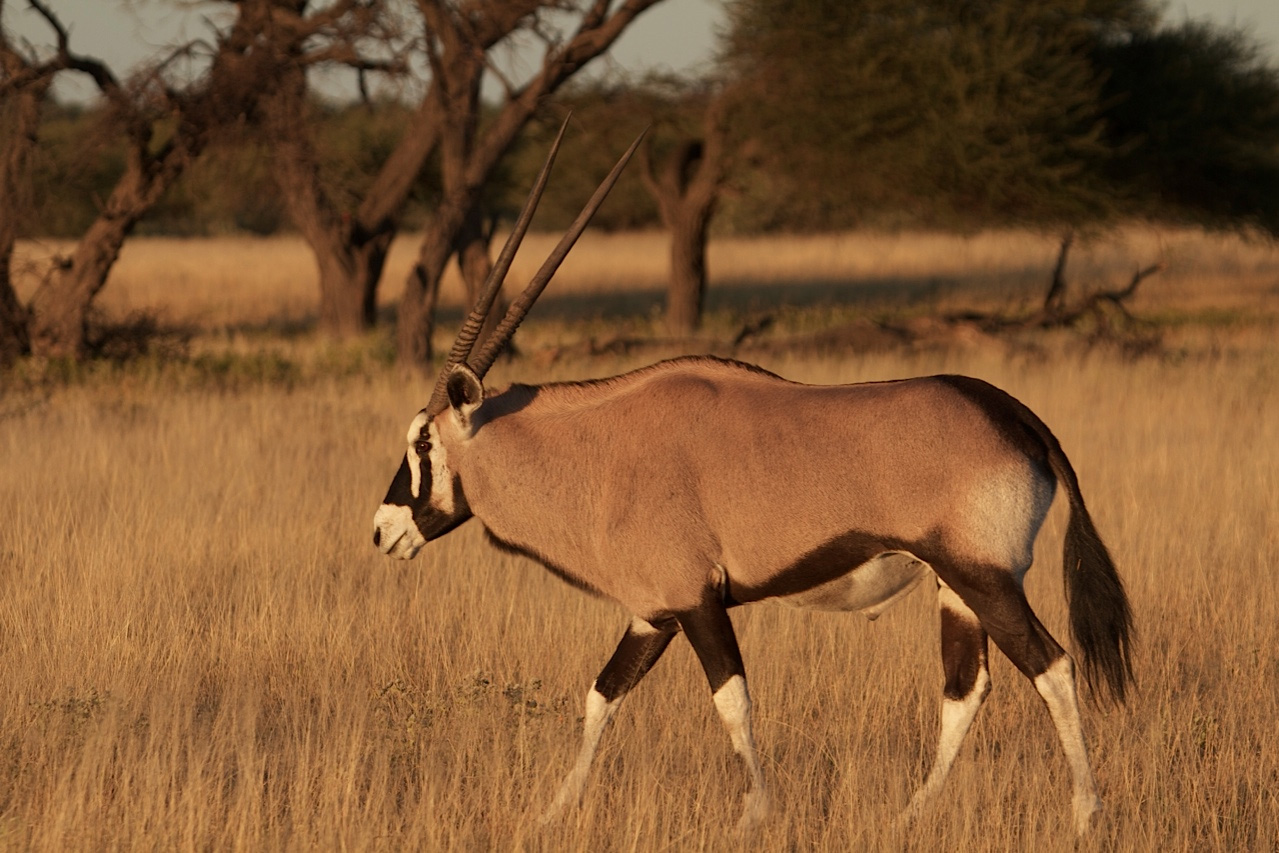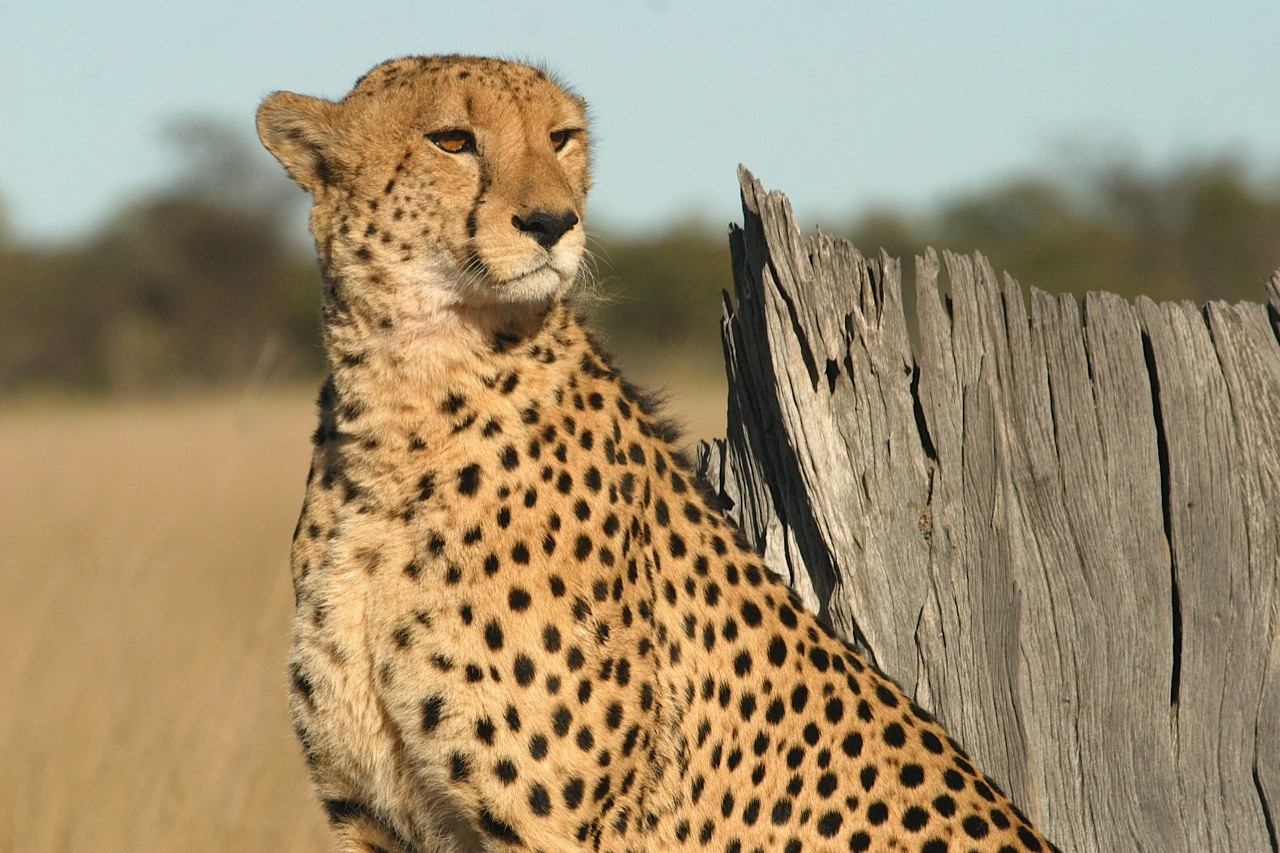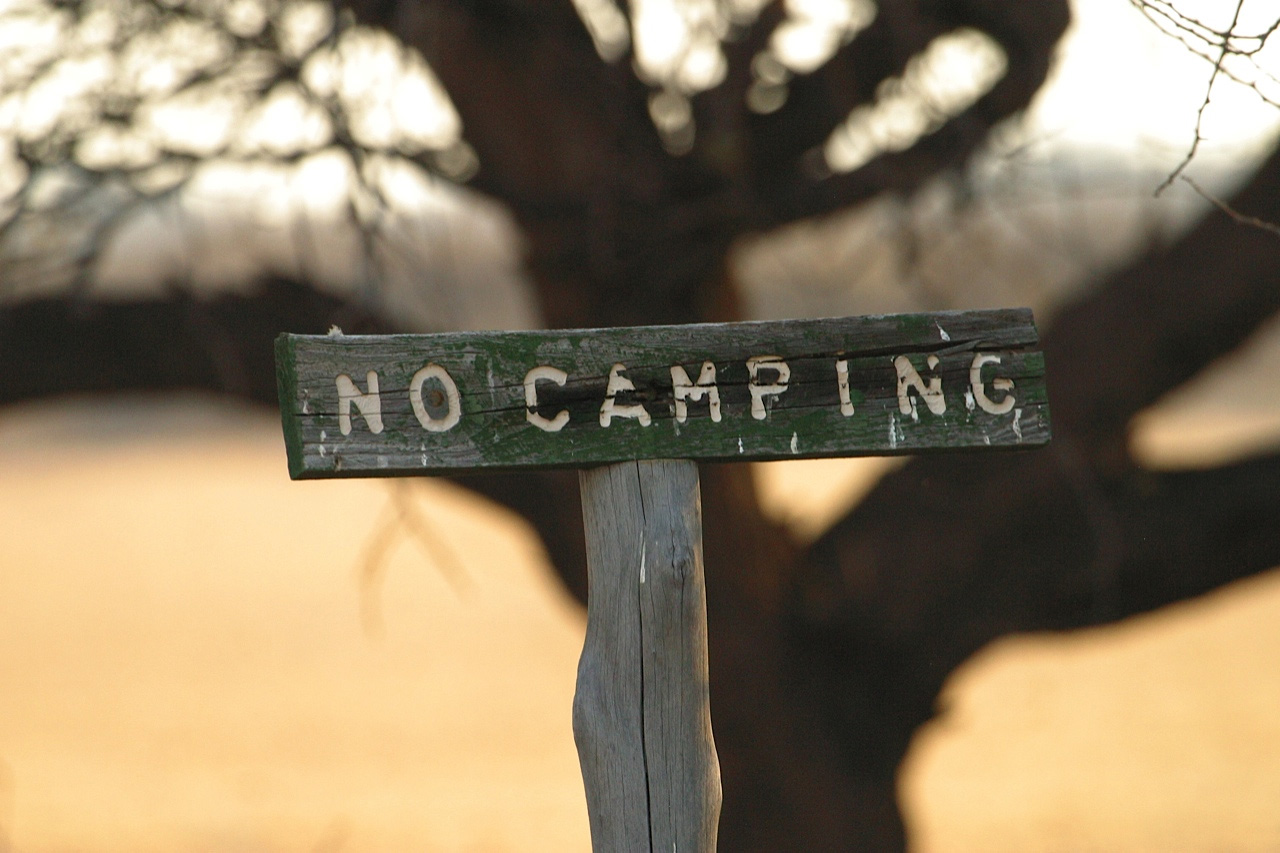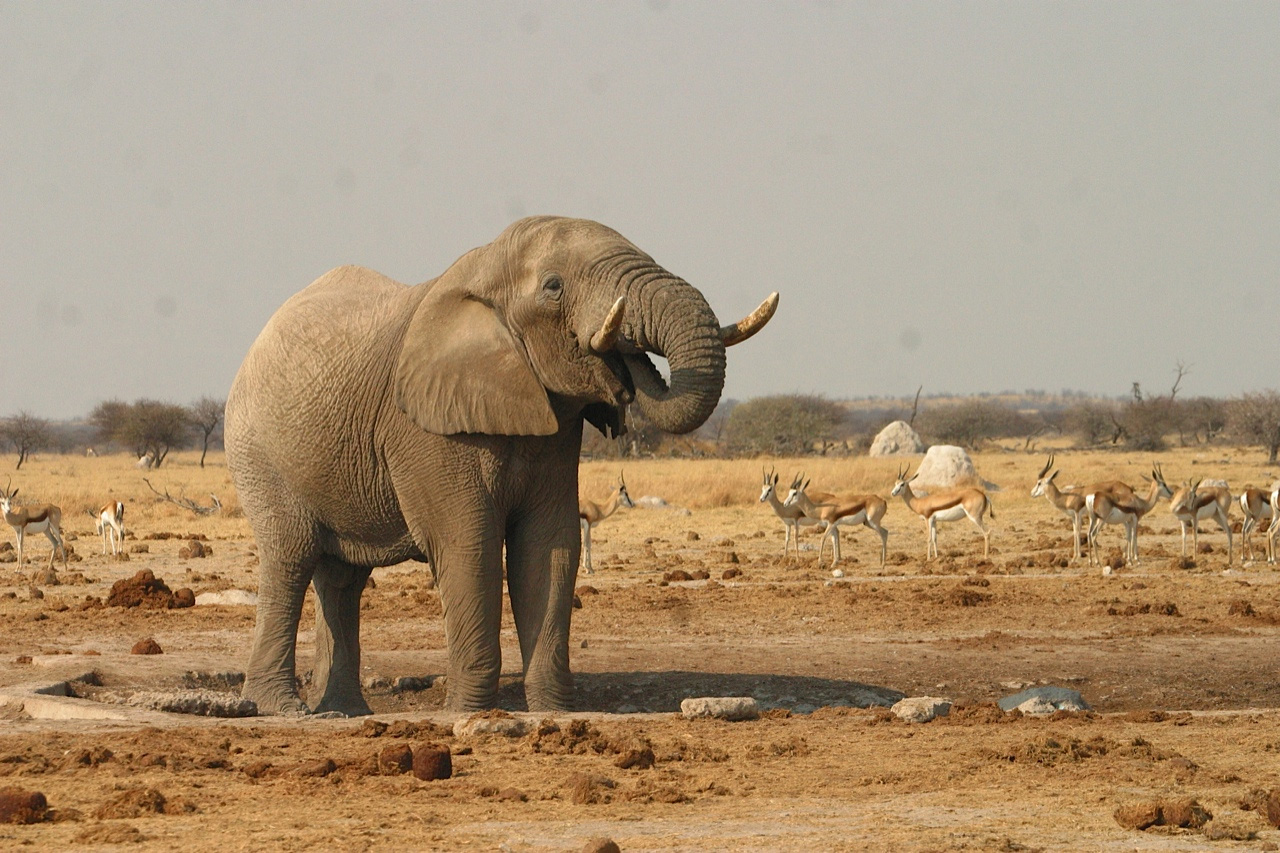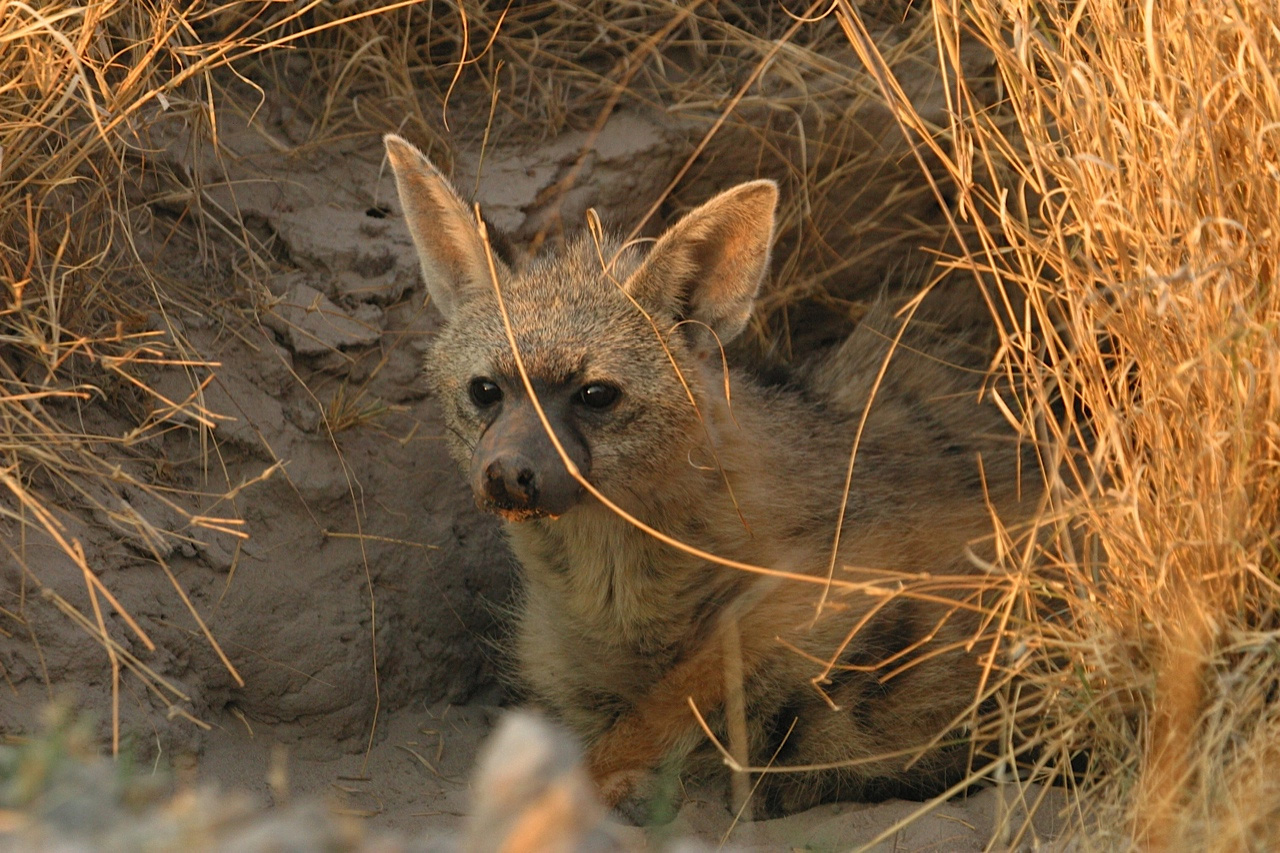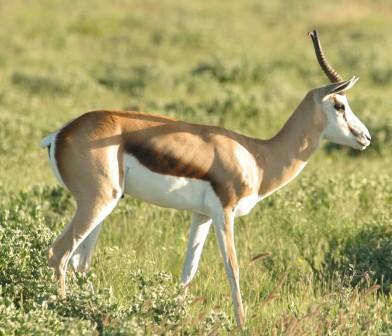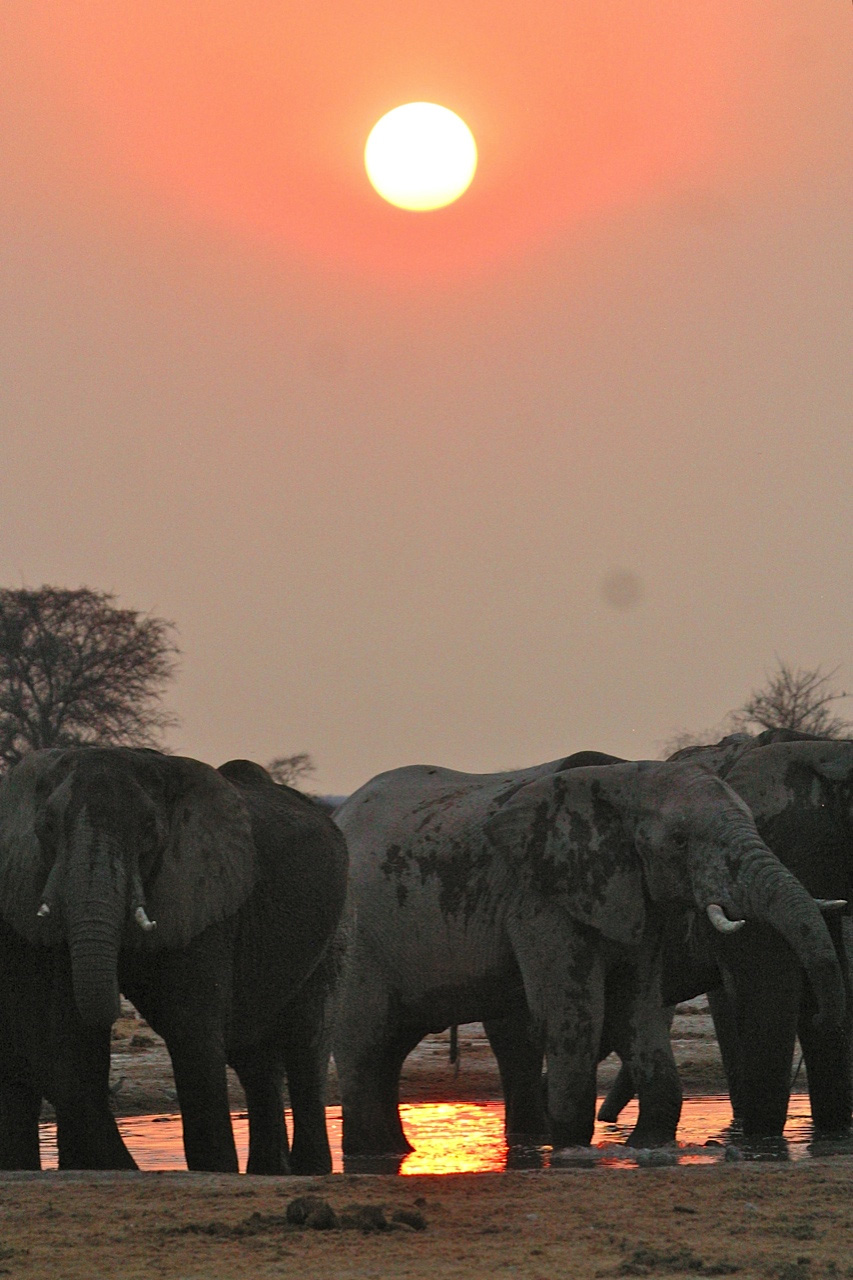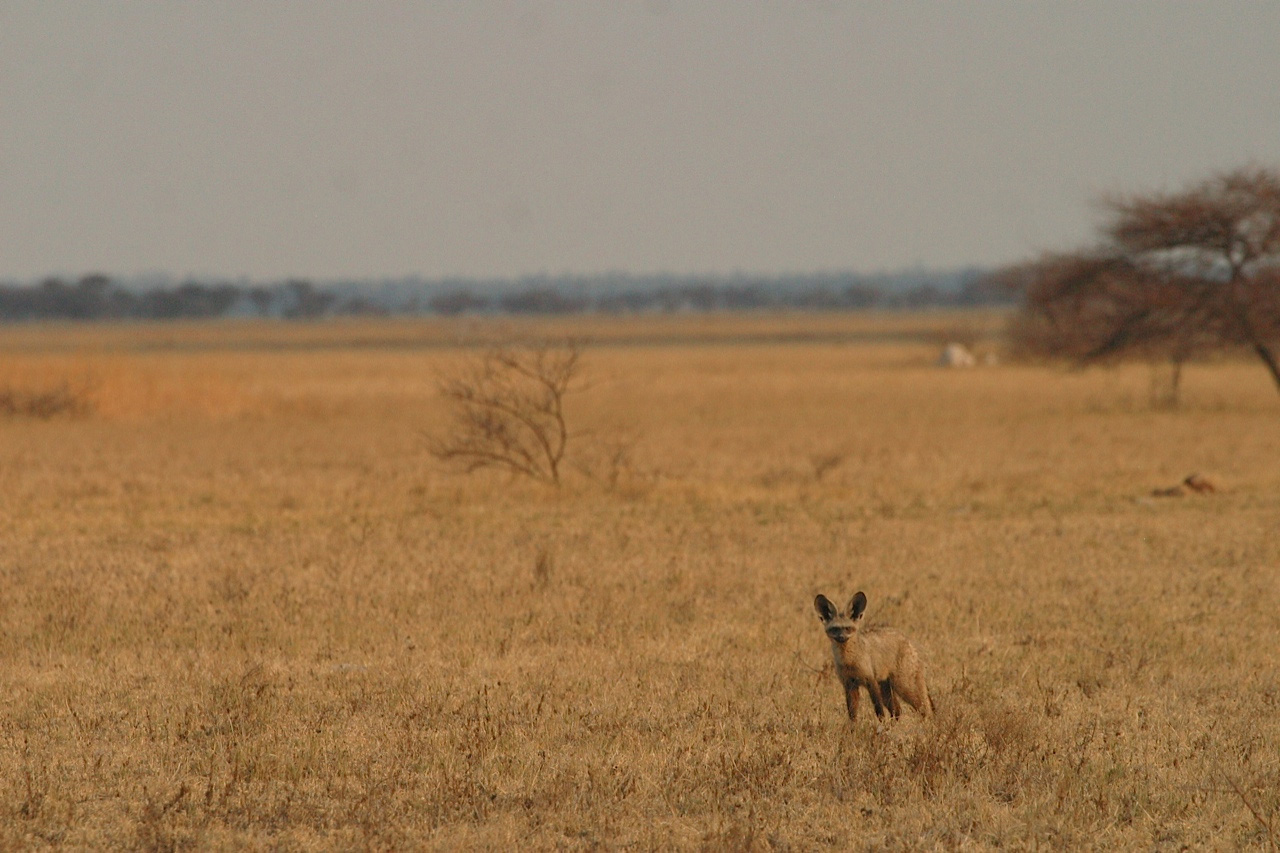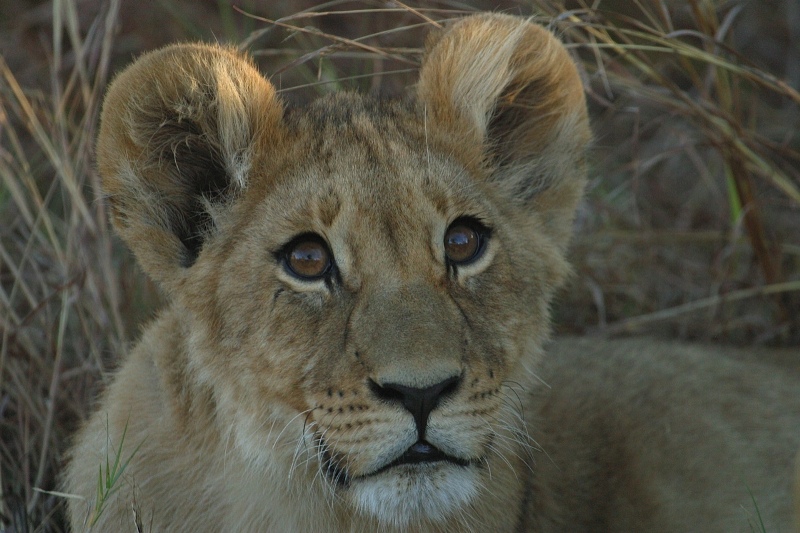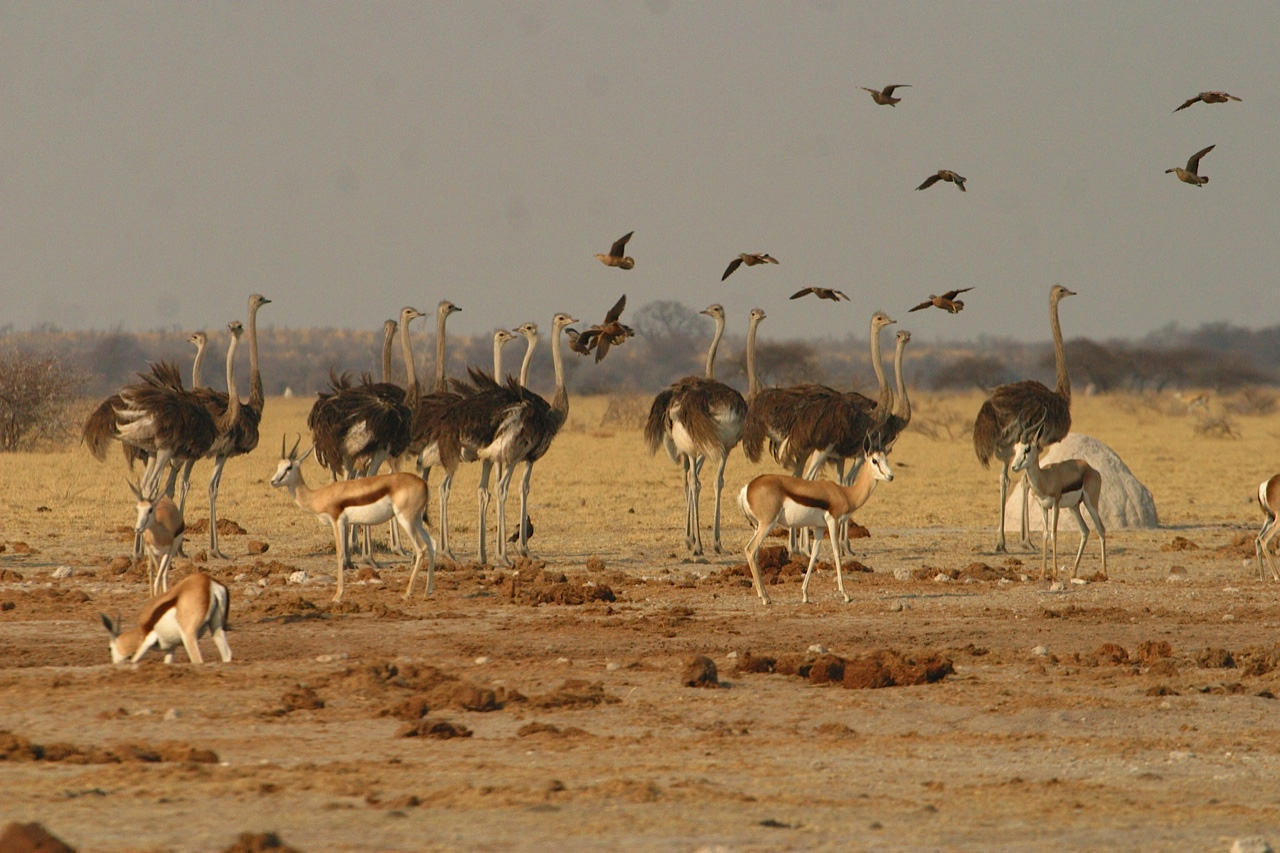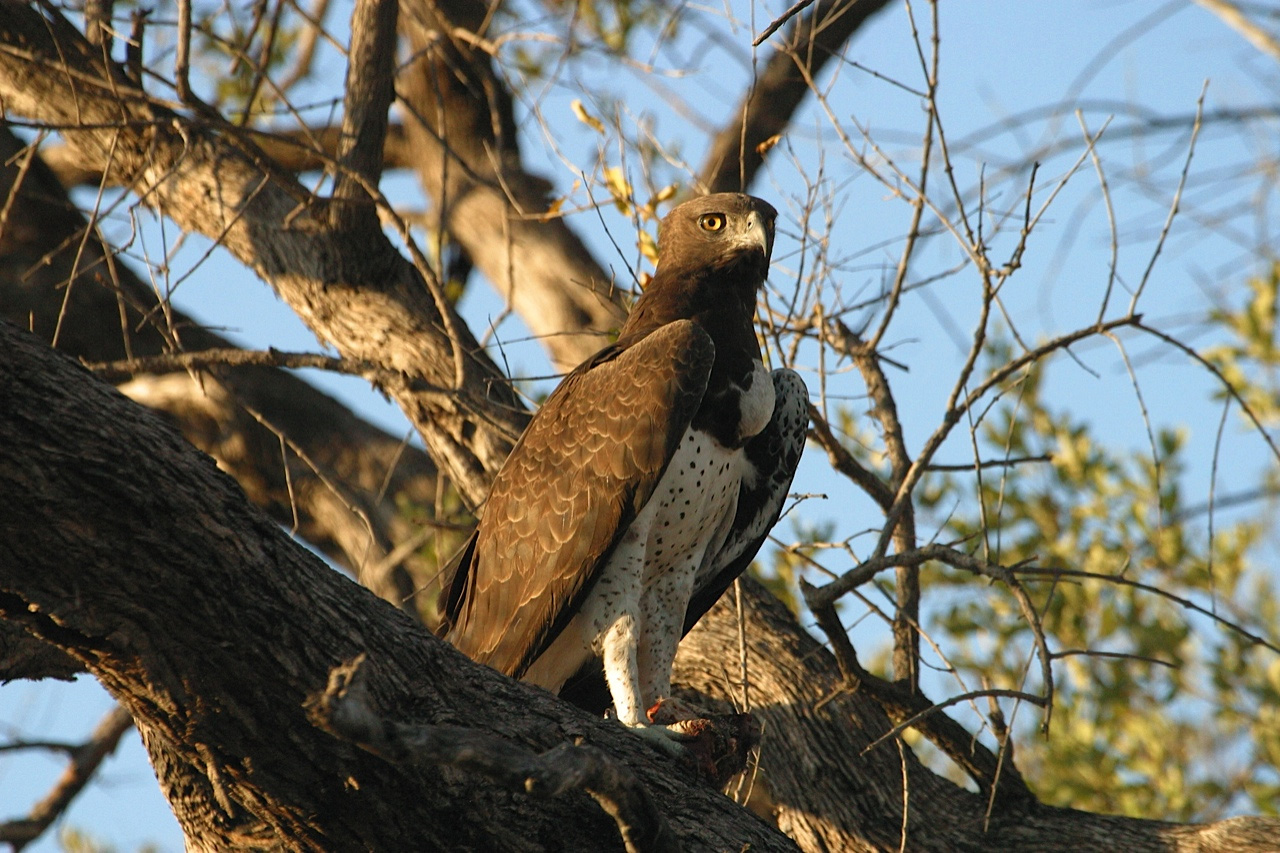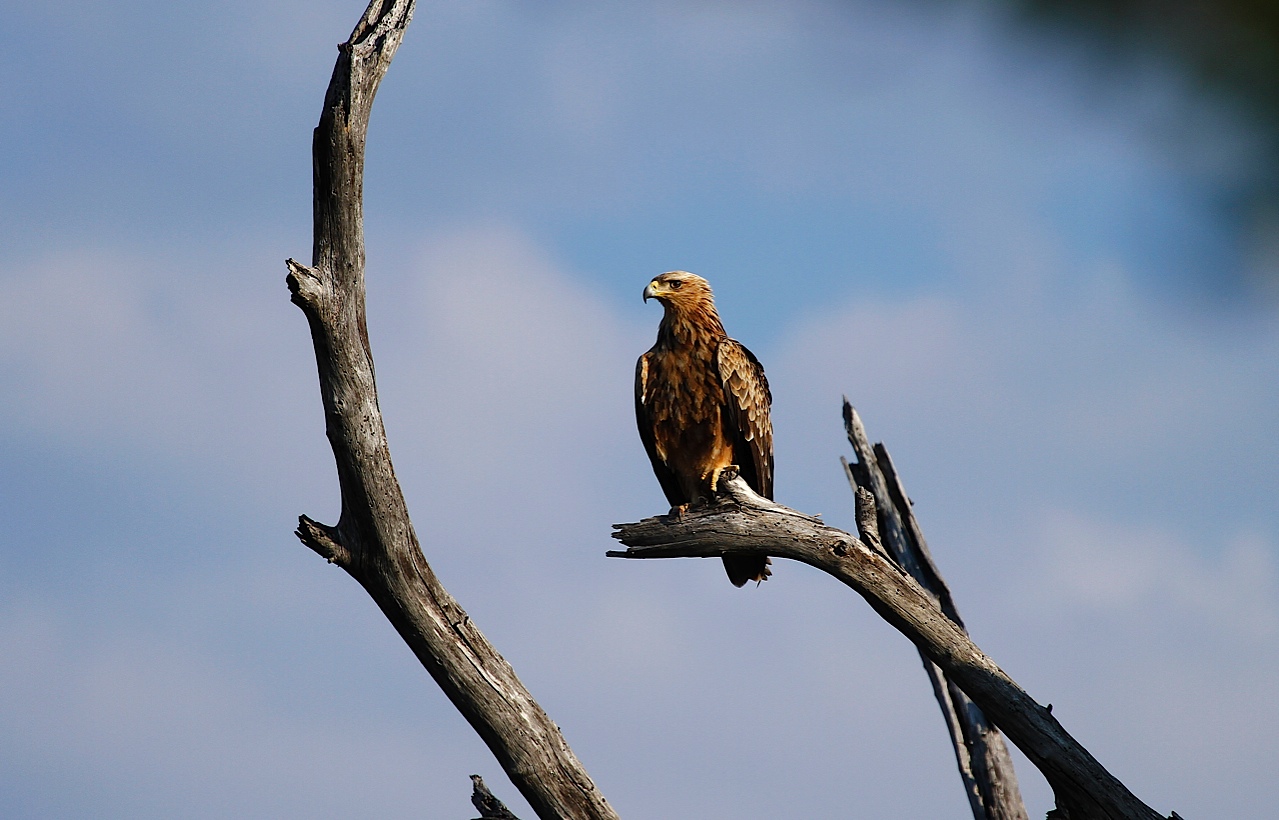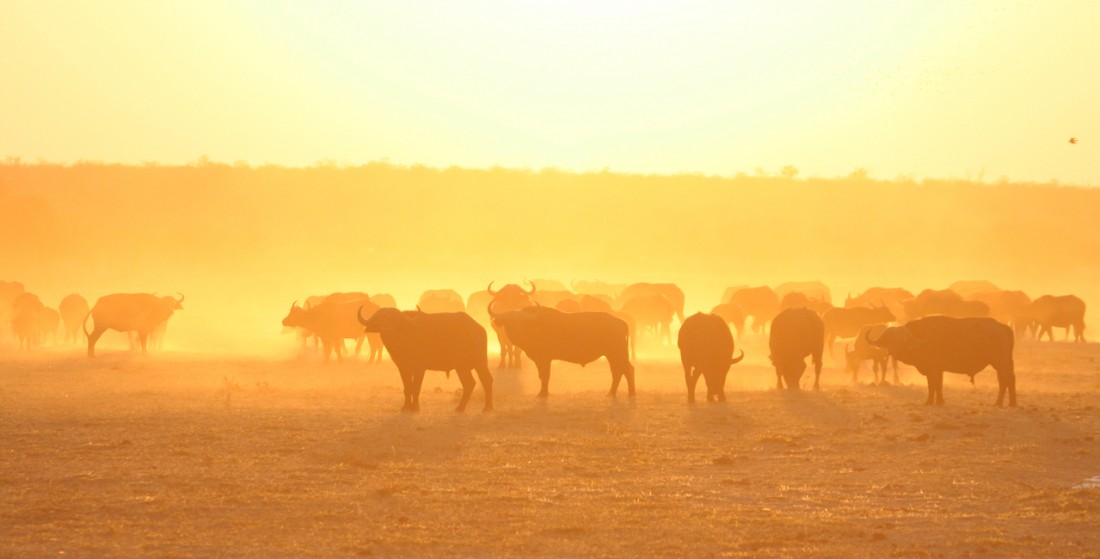
Destinations
“Everything in Africa bites, but the Safari Bug is the worst!” Brian Jackman.
Botswana is one of the few remaining destinations in Africa that still provides a good sense of adventure while on safari. Its expansive game parks and preserves, while offering wildlife as diverse and abundant as that found anywhere else, are still largely undeveloped and untamed. It is bordered on the north and west by Namibia, on the north and east by Zimbabwe, and by South Africa on the south. Its territory consists almost entirely of a broad, flat, arid subtropical plateau, though there are hills in the eastern part of the country.
Botswana is known as one of the last remaining “wild places” in Africa, a gem for any wildlife or safari enthusiast. With over 581,730 square kilometers dedicated to wildlife and its conservation, this wildlife passionate country does it best to preserve the beauty that it has been bestowed with.
Not only does it have the Okavango Delta, one of the world’s largest inland delta’s but it also has the Kalahari Desert, one of the largest and most characteristic deserts in Africa. The land teams with wildlife, from the big five through to the known 577 species of birds, attracting the novice safari goers right through to the specialists.
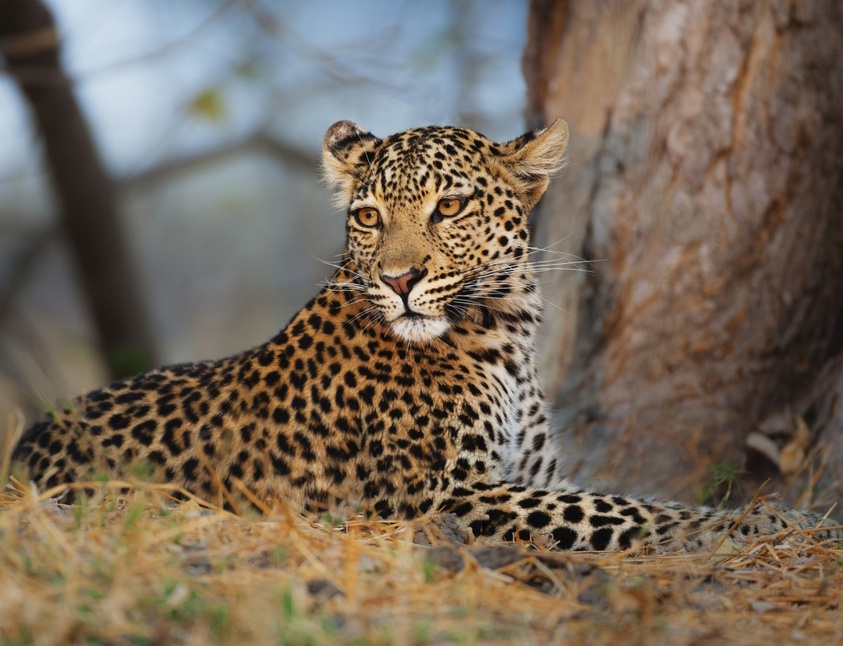
MOREMI GAME RESERVE
View DestinationMoremi Game Reserve is a rich and diverse wildlife sanctuary within the Okavango Delta. The reserve is unfenced, and its boundaries are defined naturally by river systems. The vegetation is varied, with dry land complemented by permanent and seasonal swamplands, resulting in an excellent diversity of both wildlife and bird life.
Chief’s Island is the largest expanse of solid ground in the Okavango Delta, approximately 1000 square kilometres, flanked by the Boro and Santantadibe River. It was incorporated into the Moremi Game Reserve in the 1970’s being the former hunting ground of Chief Mowana. It is often referred to as the prime wildlife area in Botswana.
On the edge of the Okavango, this reserve possesses a wide range of ecosystems, ranging from grassland and woodland to pristine waterside. Probably Botswana’s most visited game reserve, it teems with many different species.
Recently, designed the 1000th World Heritage Site, the Okavango Delta is one of the world’s largest and most biodiverse inland delta’s in the world. Covering 16,000 square kilometres of Botswana, the delta provides in itself one of Botswana’s main attractions, as well as home to much of its wildlife.
The Okavango Delta floods in opposite rotation to the rainy and dry season, swelling with flood during the dry season, overflowing its channels and spilling onto floodplains covering an area almost double its low season area. The flood creates for months each year a unique watery landscape concentrated with wildlife yet an isolated destination with its low-impact camps and safari activities.
The dry winter months (June to September) are the peak season for wildlife viewing. The rainy season is ideal for birders (December to April) with a lush green backdrop.
“I can remember very vividly how I stood in a desert and I saw a tonne of water creeping towards me” – Frans Lanting.

Savuti (Chobe National Park)
View DestinationLocated in the south-west of the Chobe National Park, comprising a lush, expansive marsh, riverine habitat and mopane woodland. Its characteristic granite hills provide a visual relief with a three-dimensional perspective for those accustomed to the flat topography of the rest of Botswana! One of the granite hills, also house ancient artwork of the bushman offering a look into the culture of the past and a brilliant view of the Savuti Channel and Marsh.
The Savuti Channel, born from the Kwando and Linyanti River’s, dried up in 1981, forcing much of Savuti’s wildlife to move north to the Linyanti and Chobe Rivers. However, it made a comeback in recent years, re-staking its claims as one of the most productive wildlife viewing destinations in Botswana. The river splinters into a series of shallow trickling streams that now feed the marsh, an evergreen expanse of luscious grass, which resembled a wasteland just a few years ago.
The elephants found here at the marsh cannot afford to be a nonchalant as those found in the rest of the country. The drying of the Savuti Channel had a huge impact on many aspects of the ecosystem, many of which cannot be quantified. However, the effect on the lion population is considered to be an assault on the senses and emotions of any human, providing nature at is rawest. With food scarce during the Savuti Channel drought, the lions became specialized hunters of elephants and continue today, despite the abundance of alternative food sources.
The annual zebra migration is followed by high numbers of predators, mainly lion, which can make for action packed sightings in Savuti. Good sightings of cheetah and leopard are also probable, along with that of the endangered wild dog. With the flooding of the marsh, waterholes have become less prominent in terms of game viewing, however in drier times, these spots make for exceptional game viewing.
Most of the year provides good game viewing with different focuses, from the blanket of elephants in the dry season (August-October), to the zebra migrations that invades towards the end of the wet season (March-April).
Get In Touch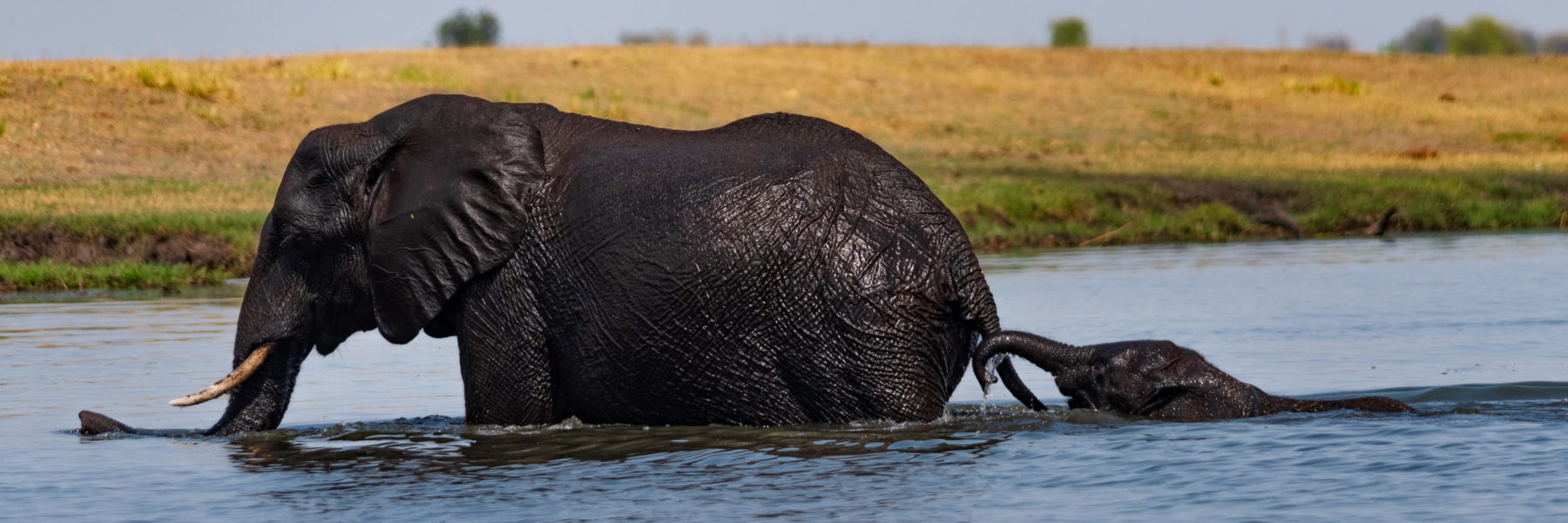
Chobe National Park Riverfront
View DestinationChobe Riverfront in the Chobe National Park lies between the border post at Ngoma and the town of Kasane. A haven for wildlife, it is the most visited park in the country and specifically the most visited area of the park. The Chobe River’s deep channels forged into the sandy terrain forms the Parks northern boundary and its banks are where a considerable amount of the game in the area is found.
With an elephant population of over 120,000, the Chobe National Park has gas gained international fame for its abundant elephant population. During the dry season when other water sources begin to dry up, the riverfront becomes a hive of activity with vast number of wildlife, including buffalo, giraffe, impala and zebra. Birders will also be spoilt for sightings, with an estimated 460 bird species calling the area ‘home’.
Just a stone’s throw from Victoria Falls, Zimbabwe, this is a popular destination, considered one of the “big two” together with the Okavango Delta.
Chobe National Park is a 11,700 square kilometre unfenced conservation area made up of four distinct areas: Serondela or Chobe Riverfront, Savuti, Ngwezumba Pans and the Linyanti, each area contrasting strongly with the next in both vegetation and wildlife populations. The Chobe River with its deep channels forged into the sandy terrain forms the Parks northern boundary and its banks are where a considerable amount of the game in the area congregate. The area is particularly well known for its large herds of buffalo and elephant that can be seen stretched out across the flood plains and along the river’s edge. Chobe is also well known for birding opportunities, boasting over 460 bird species.
Get In Touch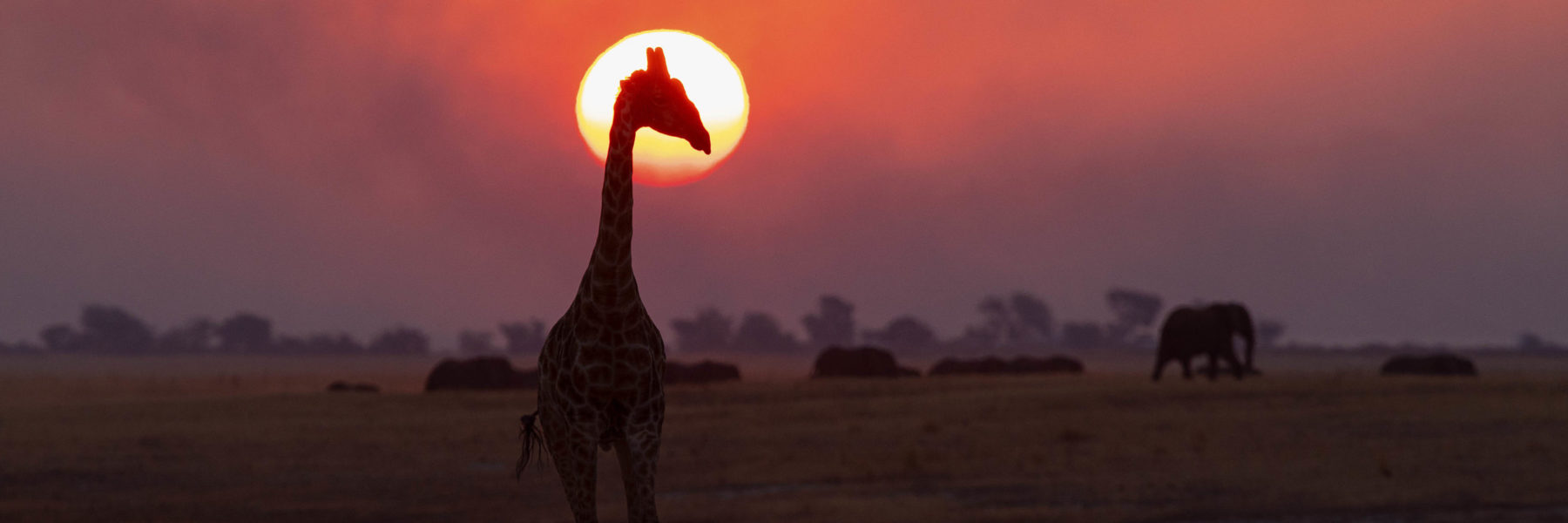
Khwai Concession Area
View DestinationThe mopane dominated 1800 square kilometre wildlife concession is located on the eastern edge of the Okavango Delta. Named after the Khwai River that runs through the area, Khwai Concession used to be a hunting area, but it now managed as a conservation wilderness. The Acacia and Leadwood lined Khwai River itself is the sole source of water for miles around and is frequented by a spectacular array of game. This is the raptor capital of Botswana with fish eagles, bateleur, tawny, martial and brown snake ages lining the river bank alongside lanner falcons, not only to drink is this isolated stretch of water, but also to feed on the millions of quelea which flock to the river to quench their thirst. Lion, leopard, wild dog and hyena are commonly sighted in Khwai.
Sweeping grasslands, riparian forest and floodplains are flooded for part of the year, while Khwai’s white sanded twinkling lagoons and channels are crystal clear, adorned by lilies and bordered by a thick carpet of reeds. Spot little bee-eaters perched precariously on these reeds and pied kingfishers hovering above the crystal surface waiting for the next unsuspecting fish to dive upon. During early morning drives, mist rises from these waterways, creating a magical atmosphere.
The area also boasts large palm islands and drier areas with long yellow grass. Here larger game species can be spotted, such as buffalo, zebra, wildebeest and giraffe. The mopane areas are frequented by large herds of elephants, which can often be seen feeding on delicious mopane leaves.
The Khwai River separates the Moremi Game Reserve from its northern neighbour, the Khwai Community Trust, as well as the Chobe National Park. Run entirely by the local village, the trusts land is no less prolific in terms of wildlife and being outside the reserve allows you the opportunity to enjoy night drives. These are incredible atmospheric and provide a unique perspective to the landscape and its nocturnal animals. Walking is also an activity option in this space, a fantastic method of viewing wildlife and appreciating them at their wildest.
The private mobile safari sites in Khwai are beyond breath-taking, placing you right next to the water’s edge under the umbrella of magnificent leadwood (Motswiri) trees.
Get In Touch
Central Kalahari Game Reserve
View DestinationThe second largest reserve in Africa, comprising of 52, 800 sq. km mostly dedicated to the conservation of wildlife, may lack the wildlife diversity of Moremi and Chobe, but its large open plains and never-ending skies are like a scene from Out of Africa. This expansive landscape has always held an attraction for man, with its magic lying in the solitude, silence and vast open spaces. The vast heartland of the Kalahari is waterless and featureless yet fascinating in its immensity. The renowned Deception Valley and Piper’s Pans lie in the north. These great northern pans are the remains of an ancient delta, an area where western rivers finally sank into the Kalahari sand.
Large amounts of wildlife are attracted to Deception Valley, the most popular area of the park to view animals. This long, broad inter-dune valley is thought to be the bed of the fossil river. During and after the rainy season this valley is carpeted with thick nutritious grass that attracts large numbers of animals. Deception Pan itself is located on the southern end of the valley, on the opposite side.
Located just north-west of Deception Valley are Sunday Pan and Passarge Valley. Sunday Pan is a beautiful open spot overlooking the extensive pan. Passarge Pan is located within Passarge Valley, which has quite a thick mixture of small trees and shrubs, typical Kalahari sandveld gradually transforming into more open grassland.
The CKGR is a haven for raptors and is also a major stronghold for the world’s heaviest flying bird, the Kori Bustard. Honey Badgers and Bat eared foxes are often seen foraging, particularly in the cooler winter months. The black-maned Kalahari lions are also characteristic of this area, with their roar’s echoes for miles across the pans at night. The scarce and illusive aardwolf is also found here and is considered a very special sighting.
From February and May, large herds of gemsbok and springbok greet visitors, attracted to the pans for the nutritious grass that sprouts following the rains. However, the CKGR continuously proves that it is a year-round destination, with wildlife present throughout the year.
Get In Touch
Nxai Pan National Park
View DestinationNxai Pans National Park covers an area of 2,100 square kilometres and contains many pans, with the main Nxai Pans measuring approximately 40 square kilometres. The epitome of the ‘size isn’t everything’ expression, Nxai Pans is a little-known jewel of a national park. Part of the Makgadikgadi, this flat, grass covered ancient seabed hosts unique vegetation and attracts animals year-round. In the dry season (June to September), its single waterhole forms the stage for some dramatic lion and springbok interactions. It is now also one of the best locations in Botswana to spot the most charismatic and rarely seen of the big cats, the cheetah. During the summer rains large herds of zebra and wildebeest are also present. It is also one of the few places where impala and springbok occur together.
Baines Baobabs, named after the explorer, artist, naturalist and cartographer Thomas Baines, who painted these very trees in 1862 calling them “The Sleeping Five” are located within the national park. Now with seven majestic baobabs stand on this island surrounded by the white and crusty Kudiakam Pan.
During the rainy seasons the pans are often full, attracting large numbers of game to the sweet grass that grows in between these salt pans. Nxai Pans is known for its large numbers of springbok, giraffe, vast open pans and clusters of umbrella trees. Other animals that you might see are elephants, buffalo, blue wildebeest, gemsbok, eland, greater kudu, red hartebeest, hyena, cheetah, lion and leopard. The elusive brown hyena is also seen in Nxai Pans, although this is a rare treat indeed.
At night you can often hear the sing of the jackals, a very charismatic animal that can keep you entertained for hours with its peculiar gait and spunk as it takes on animals always much larger than itself.
Crisp morning greets your stay in Nxai Pans, with the melodious song of the larks that are known to inhabit this area. Martial Eagles and other raptors are also prominent in this area making for good viewing due to the openness. During the dry season dusty grey elephants are transformed into brilliant white mirages that float along the pans in the shimmering heat, due to the shite salt sand that they cover themselves in.
Get In Touch